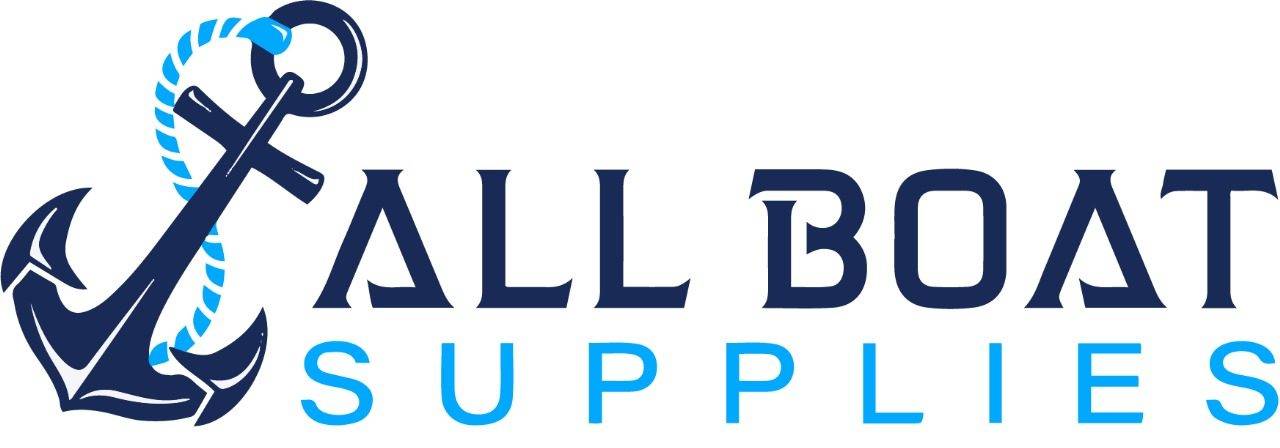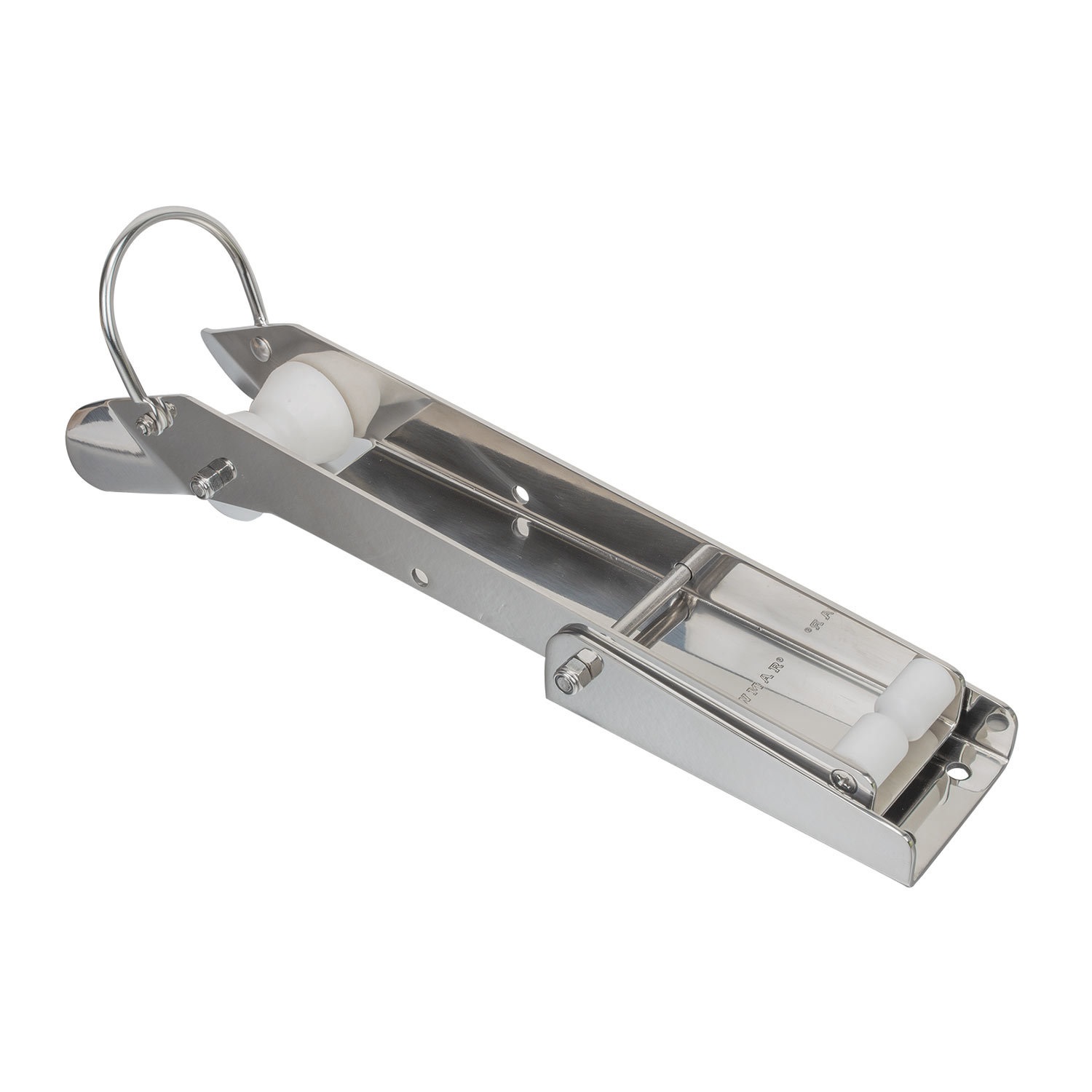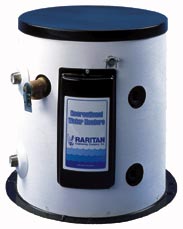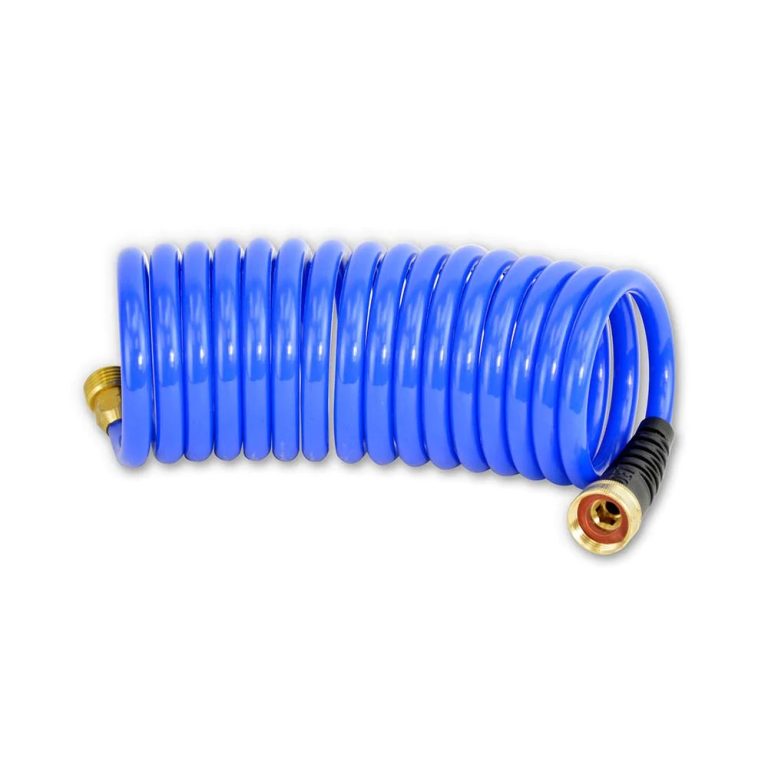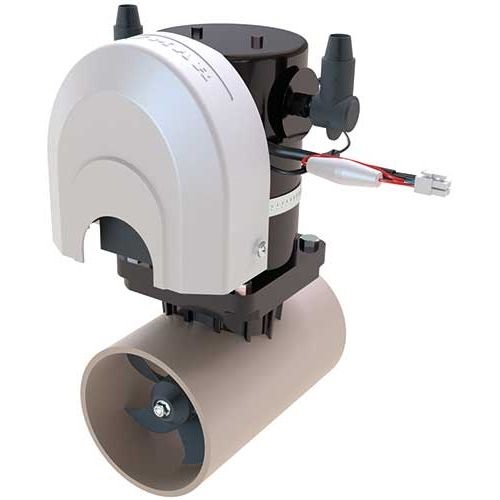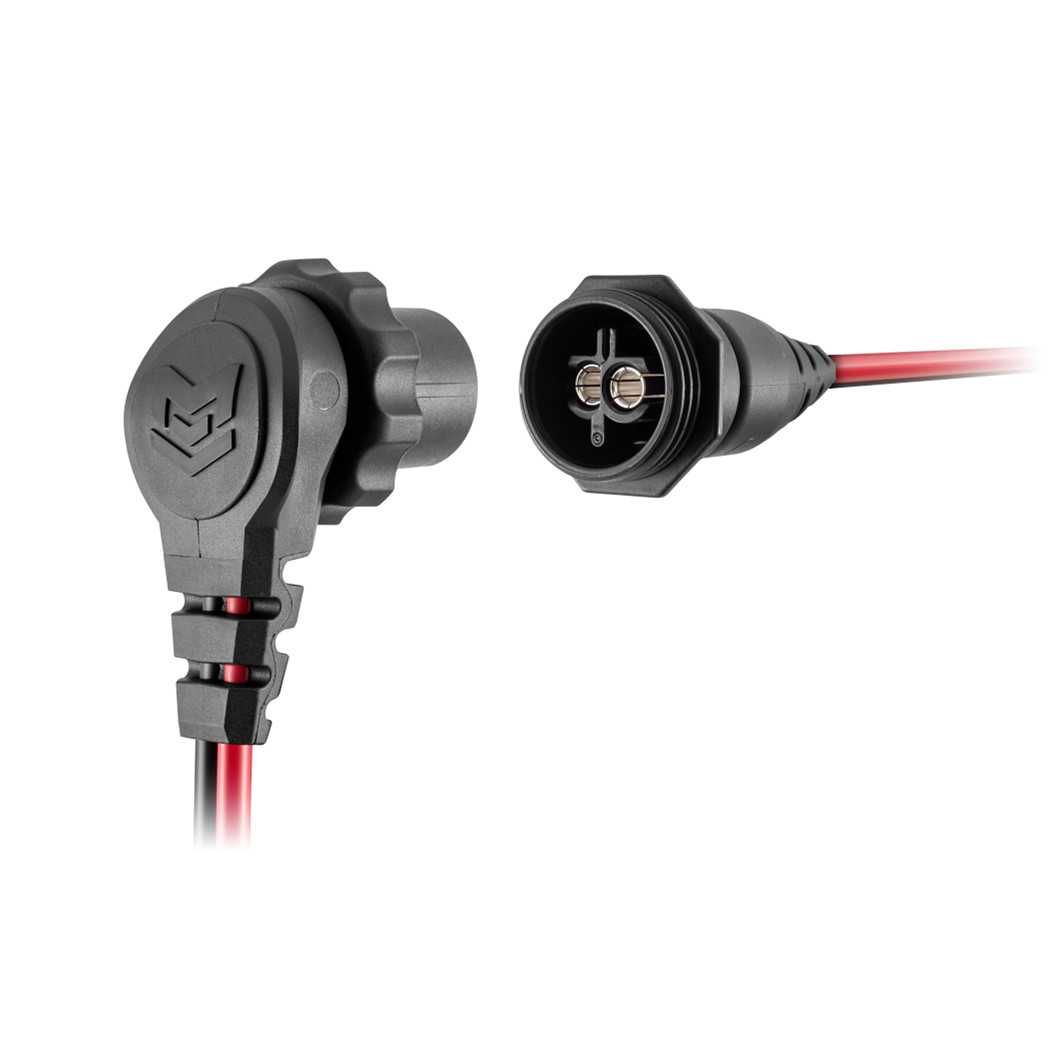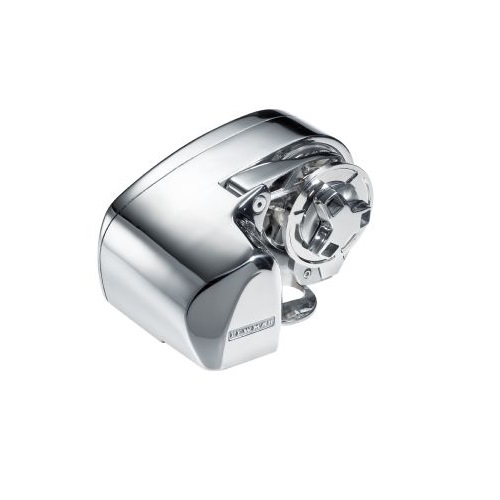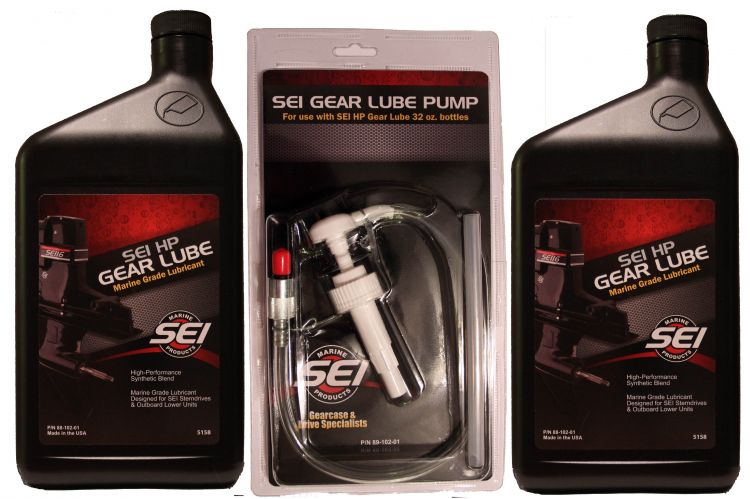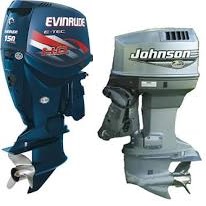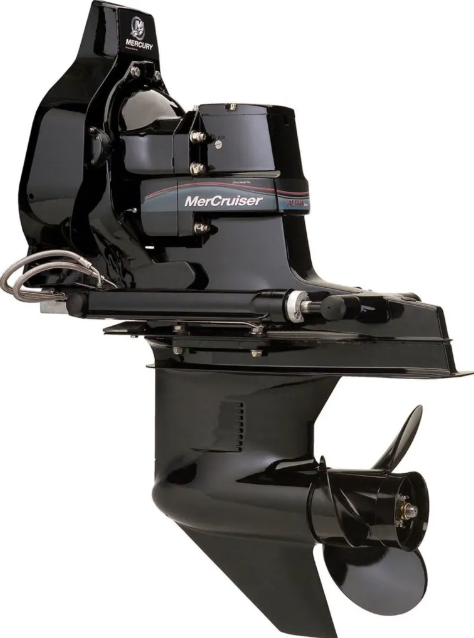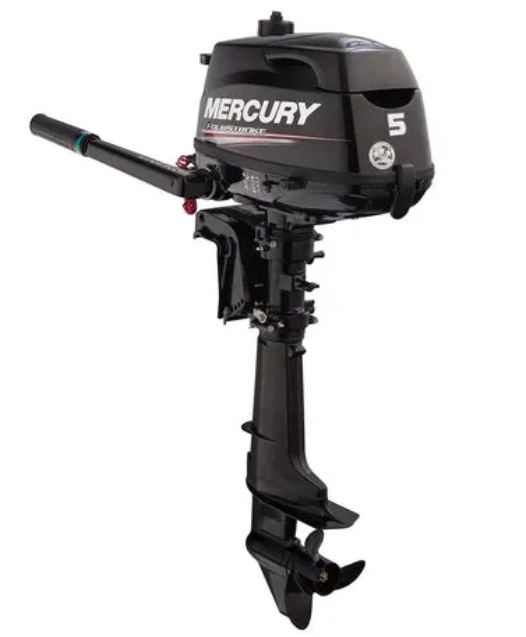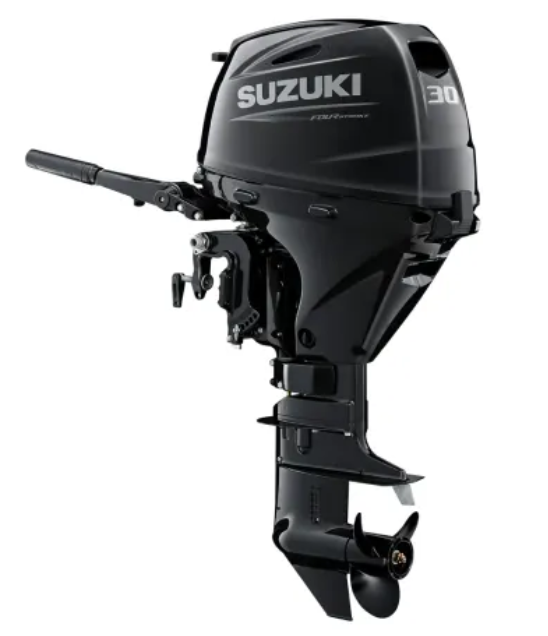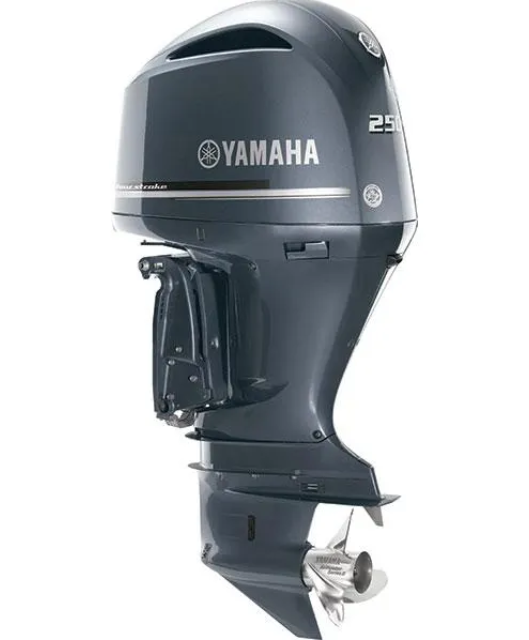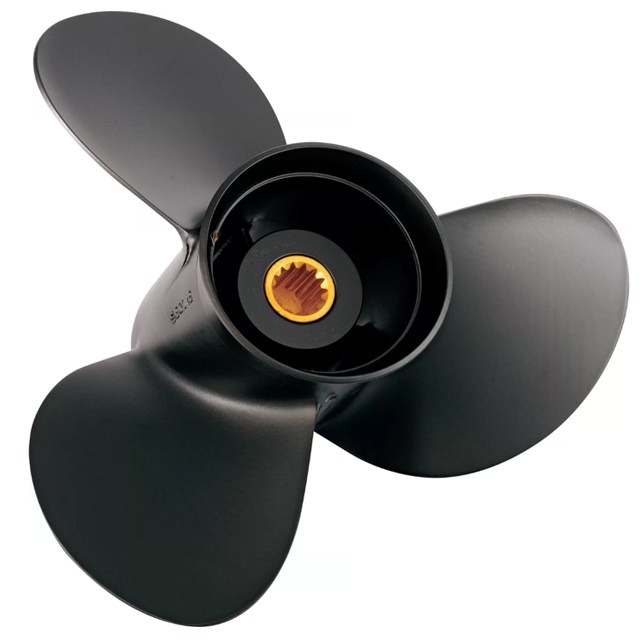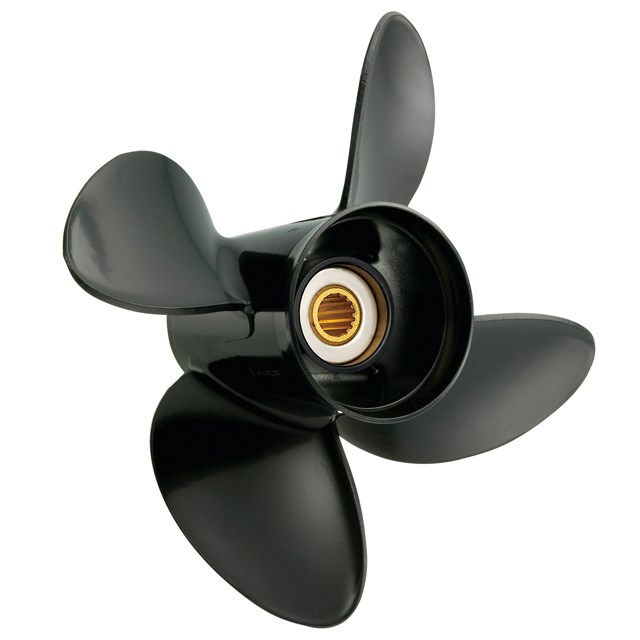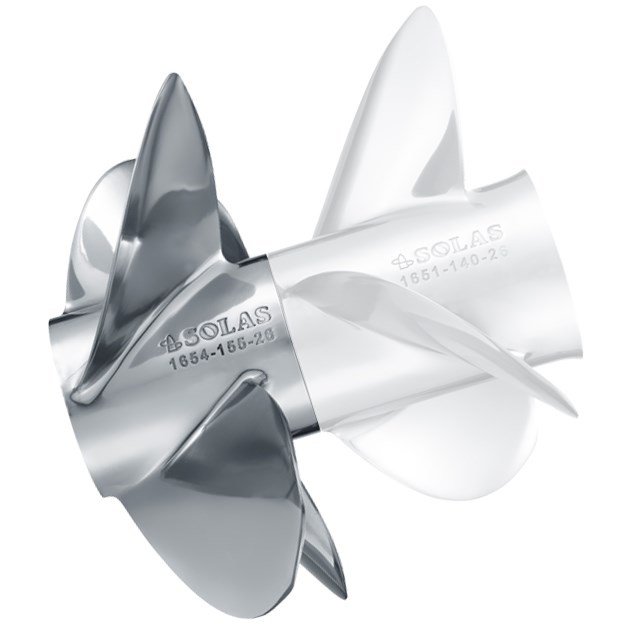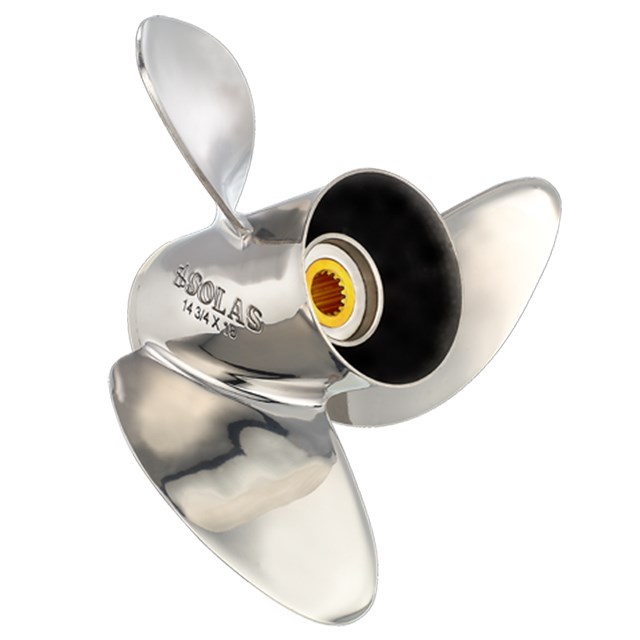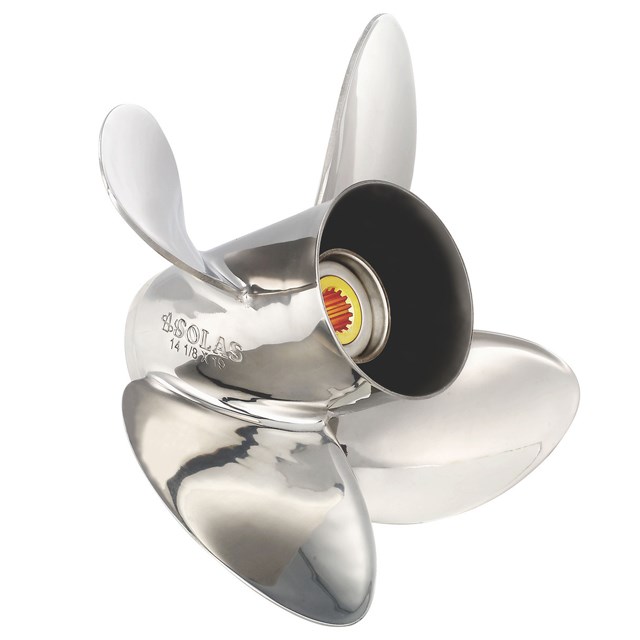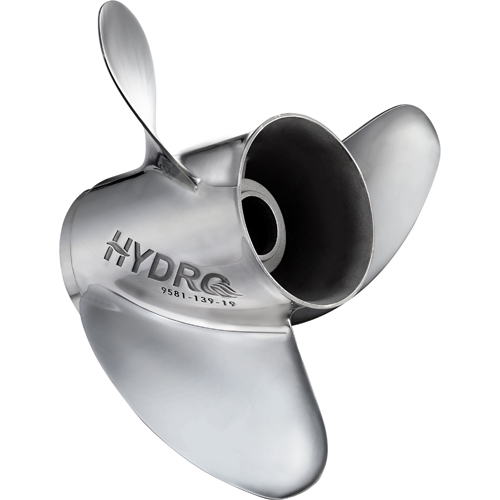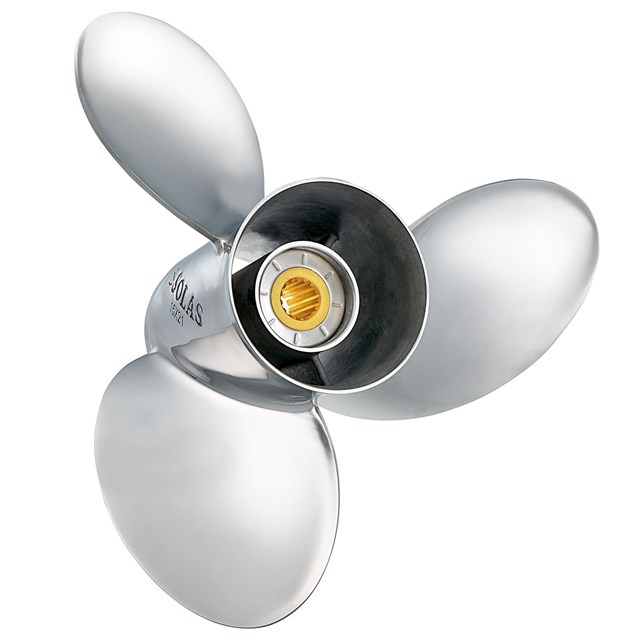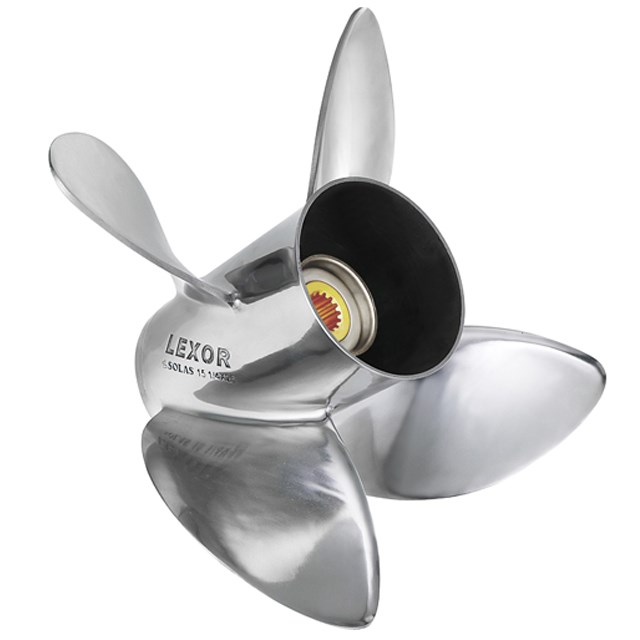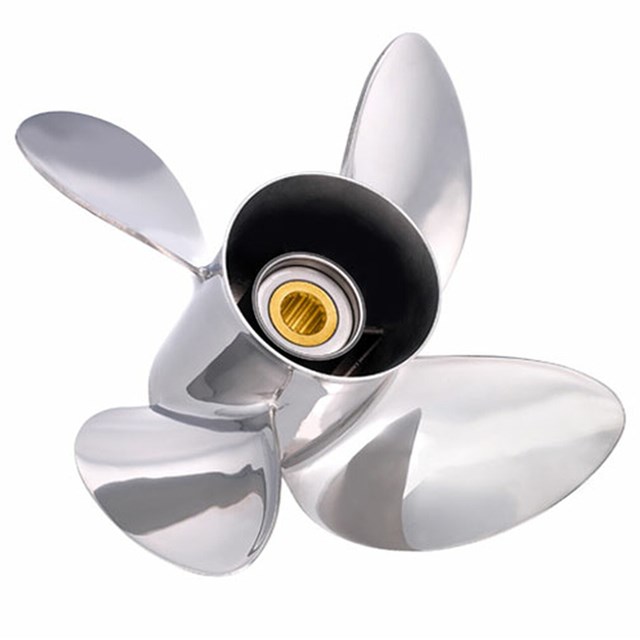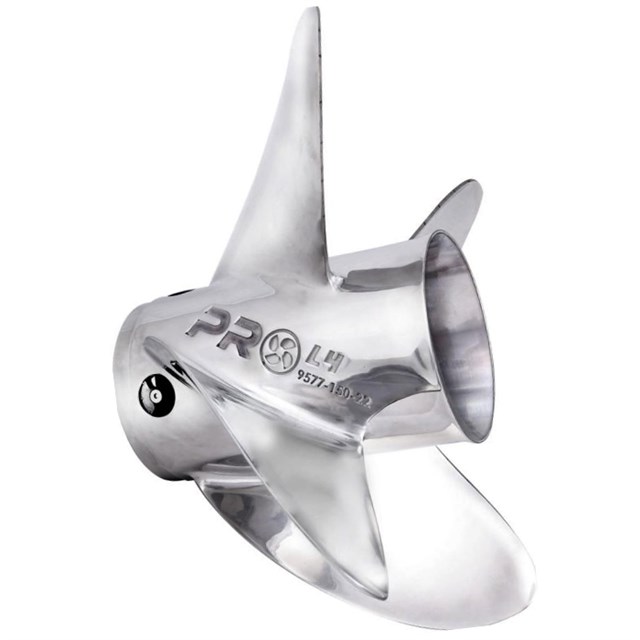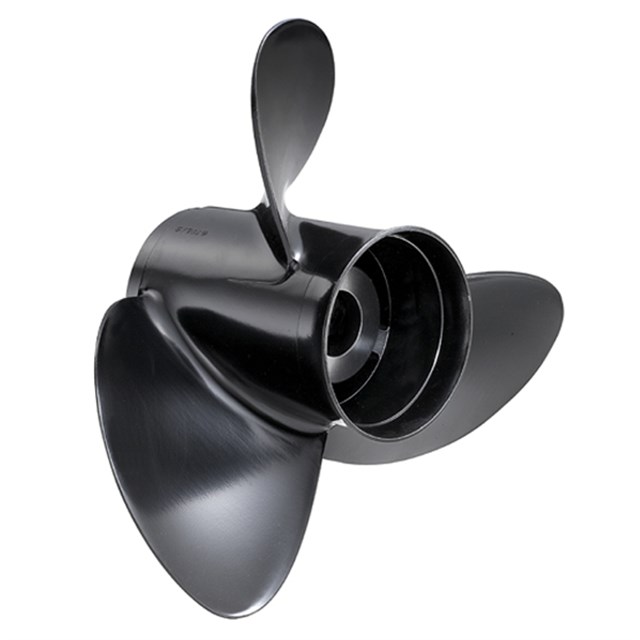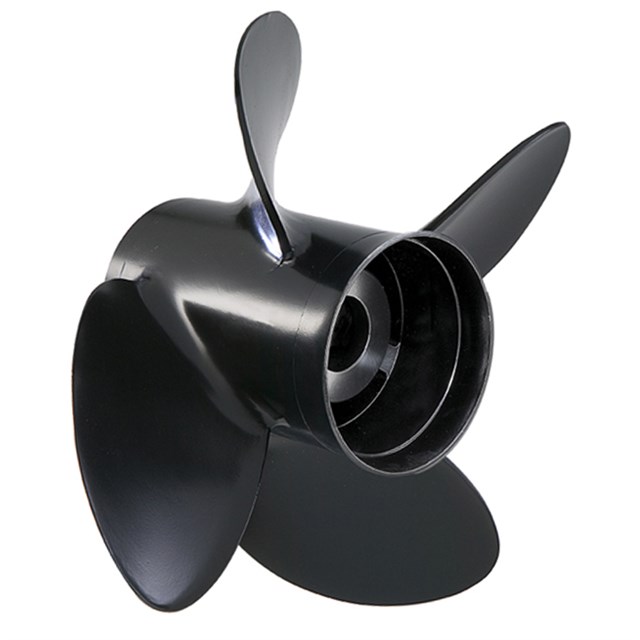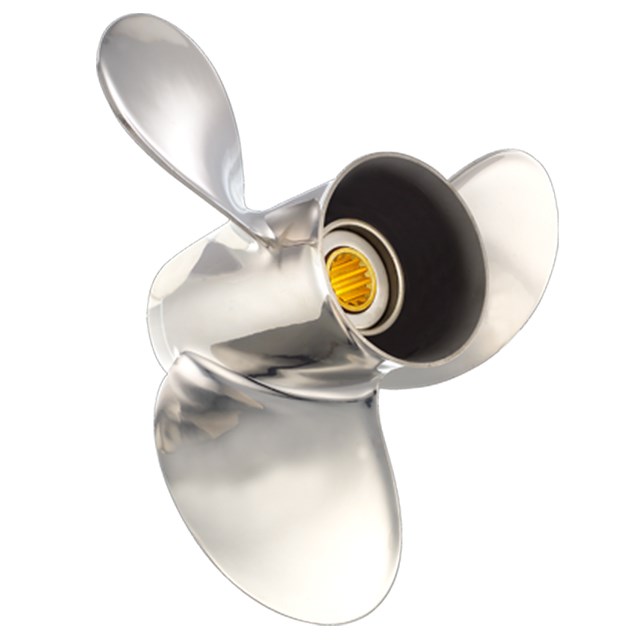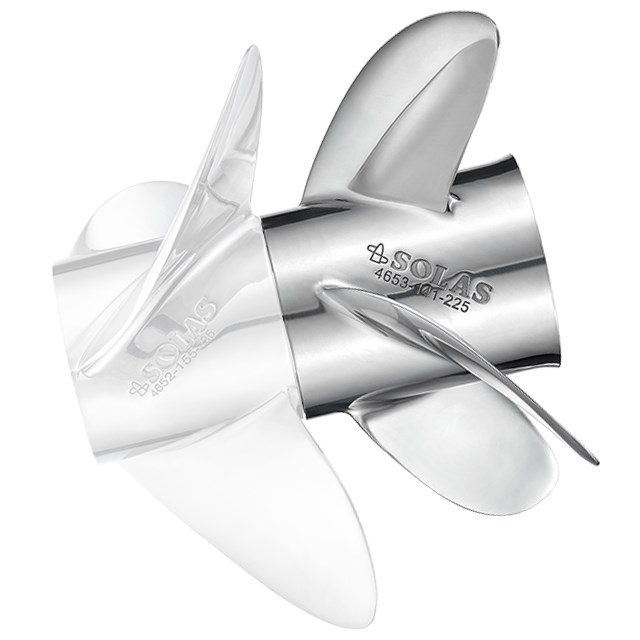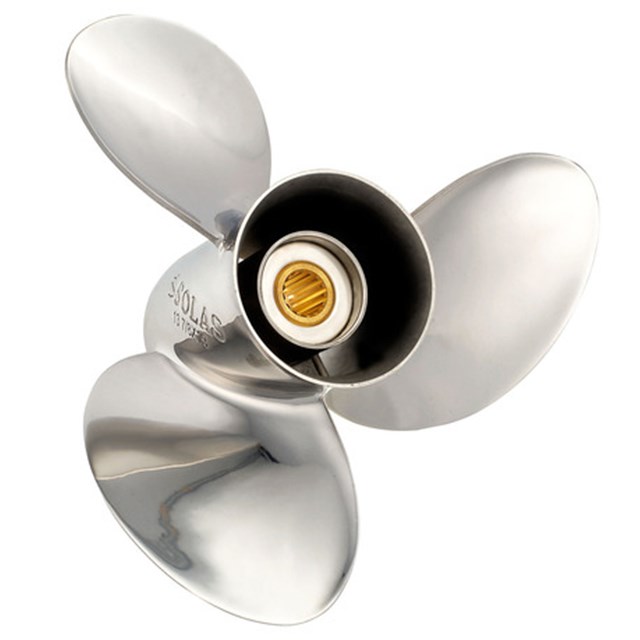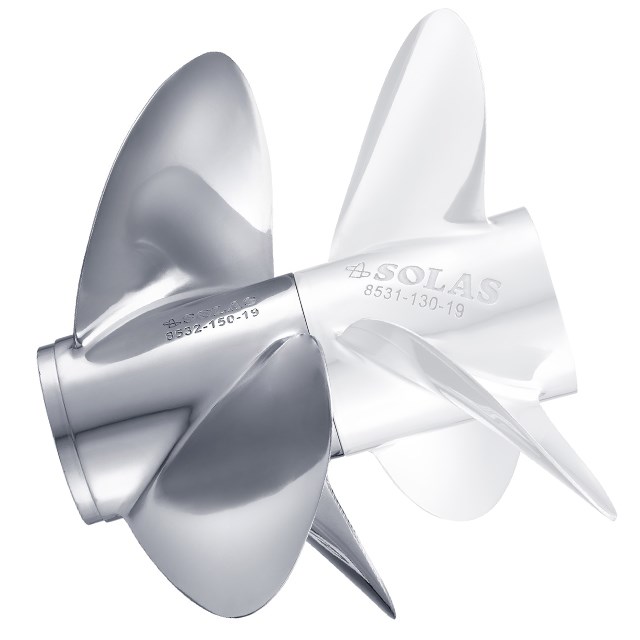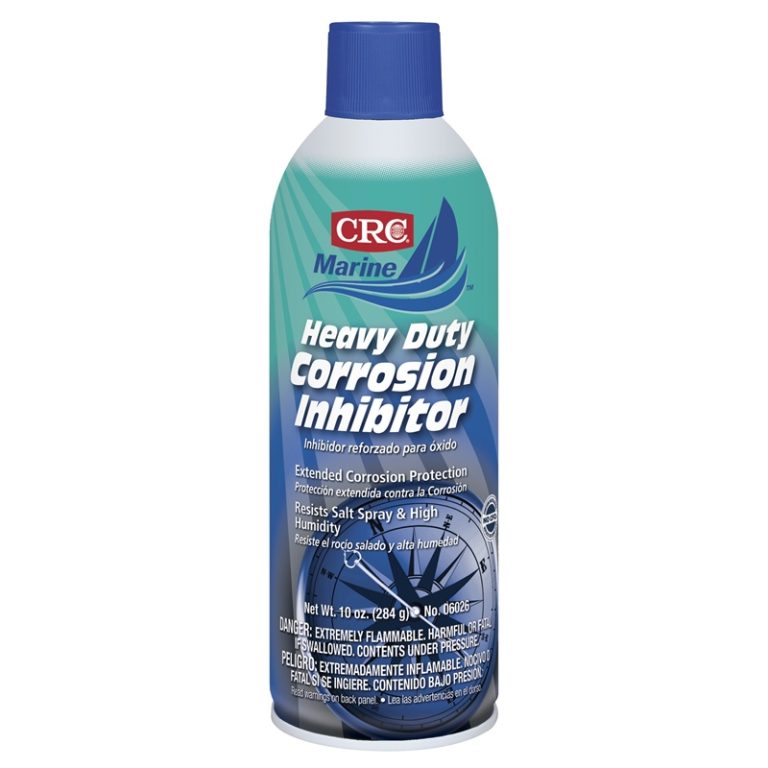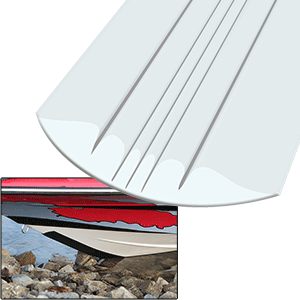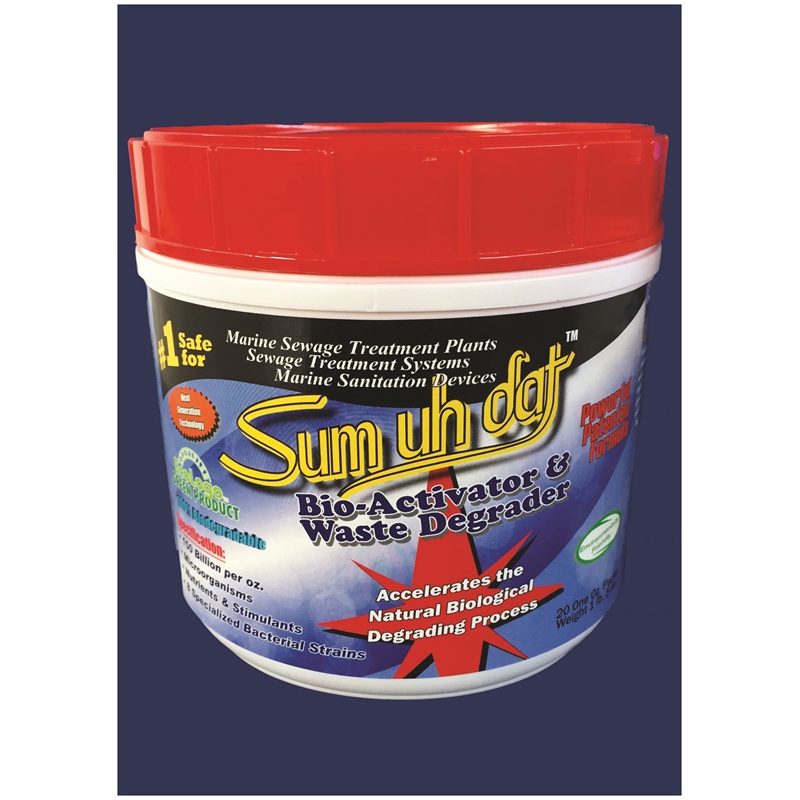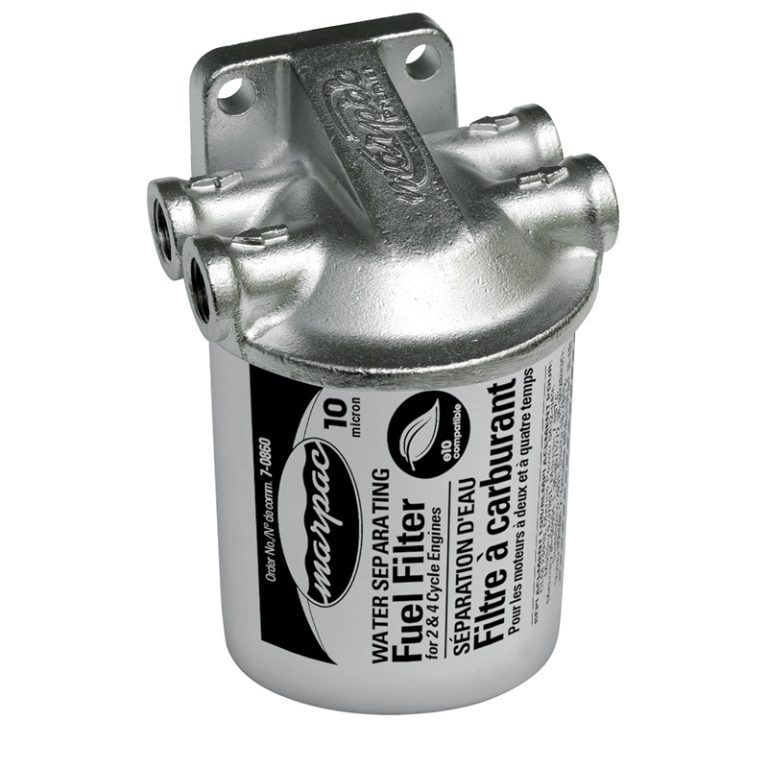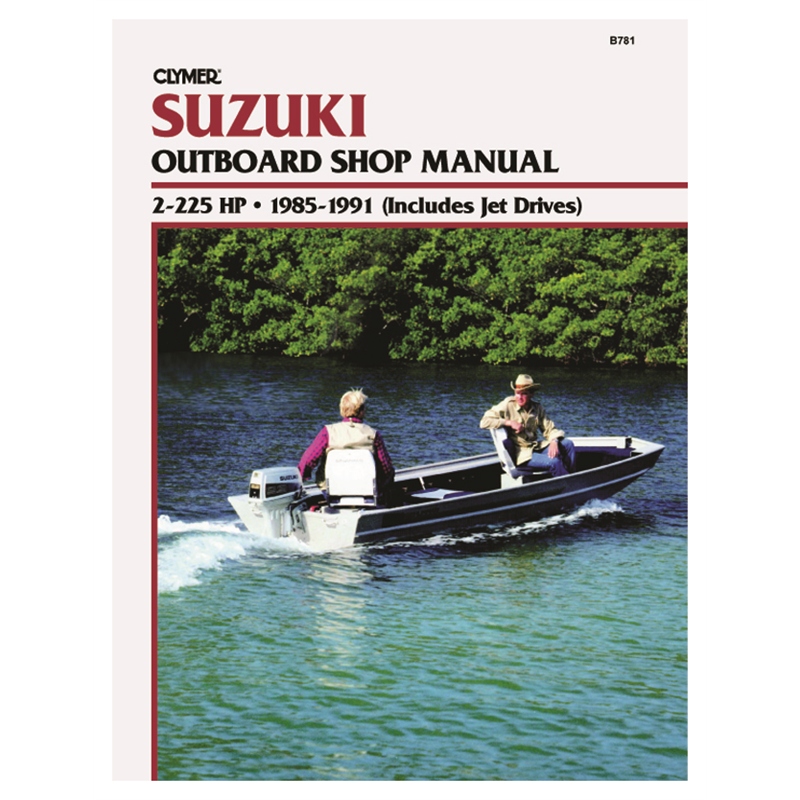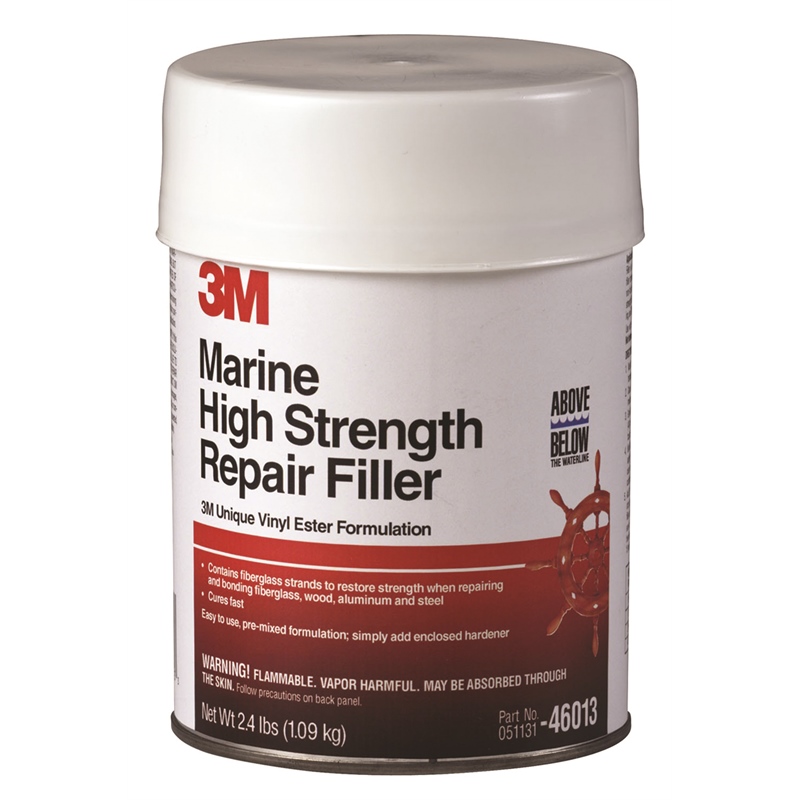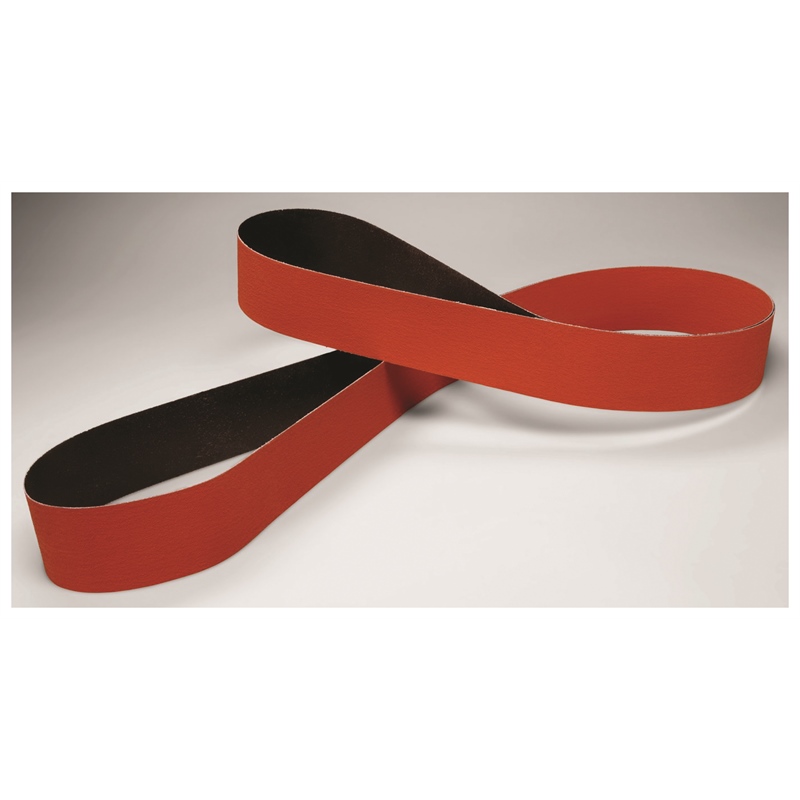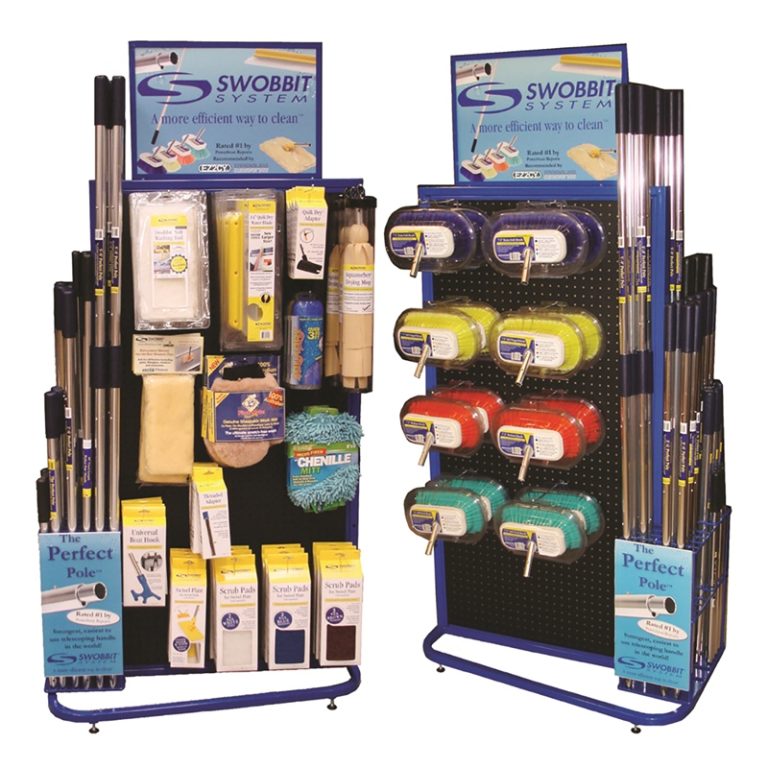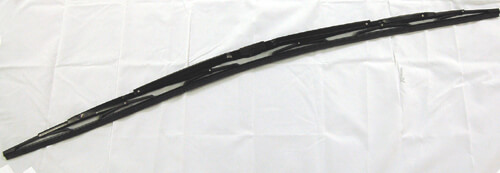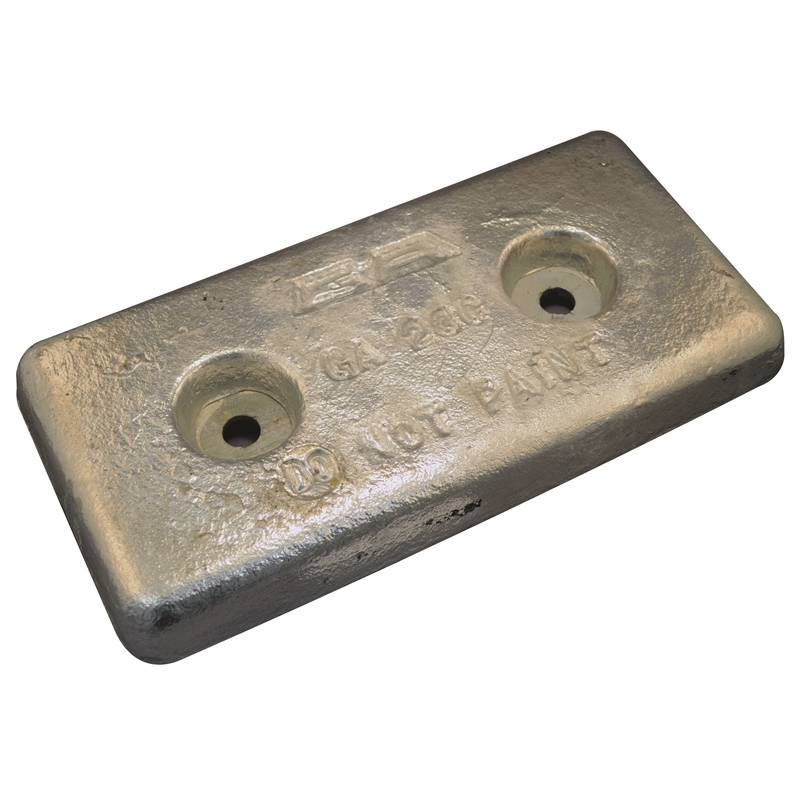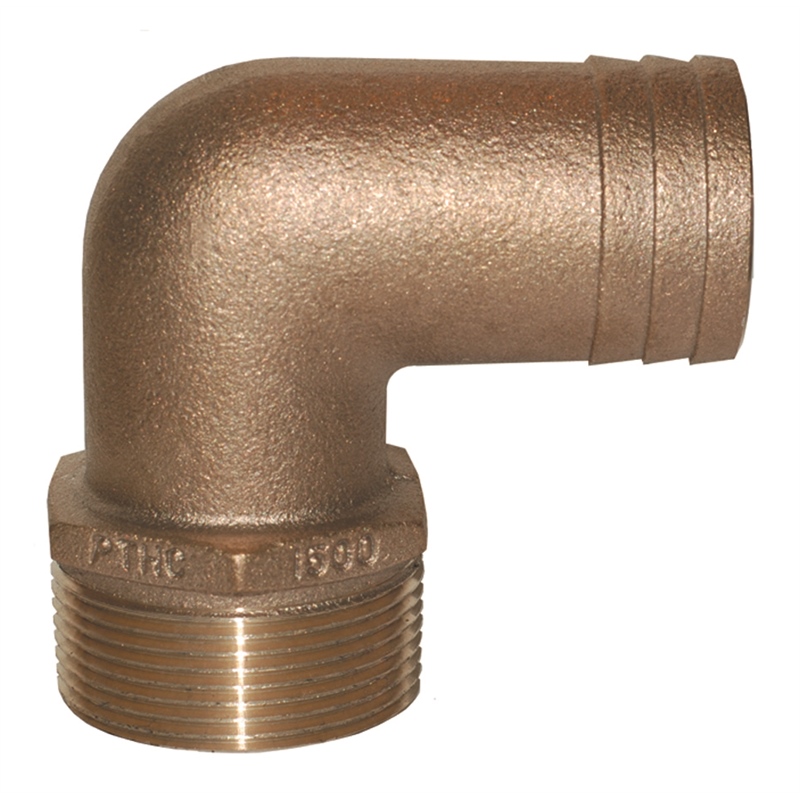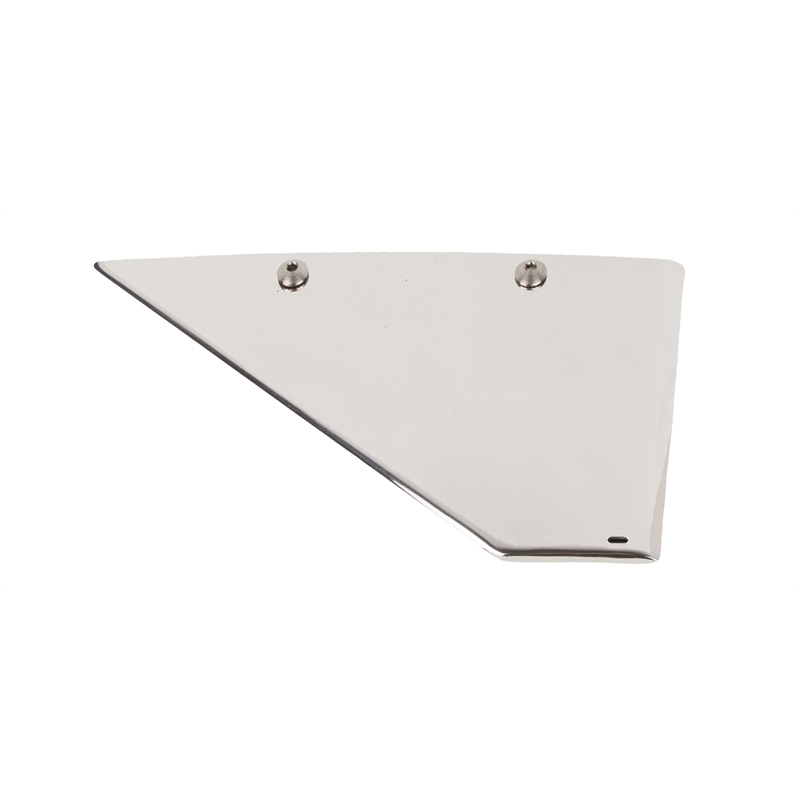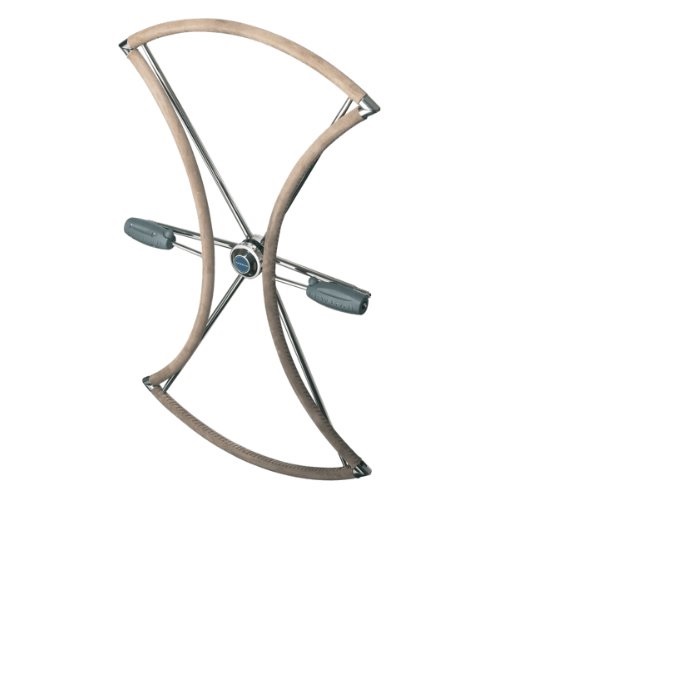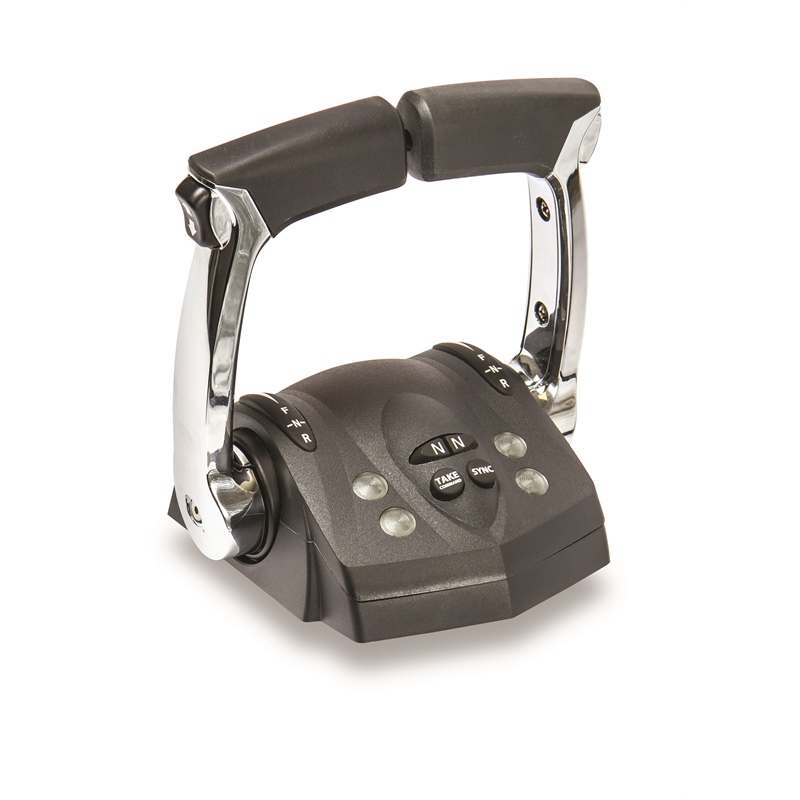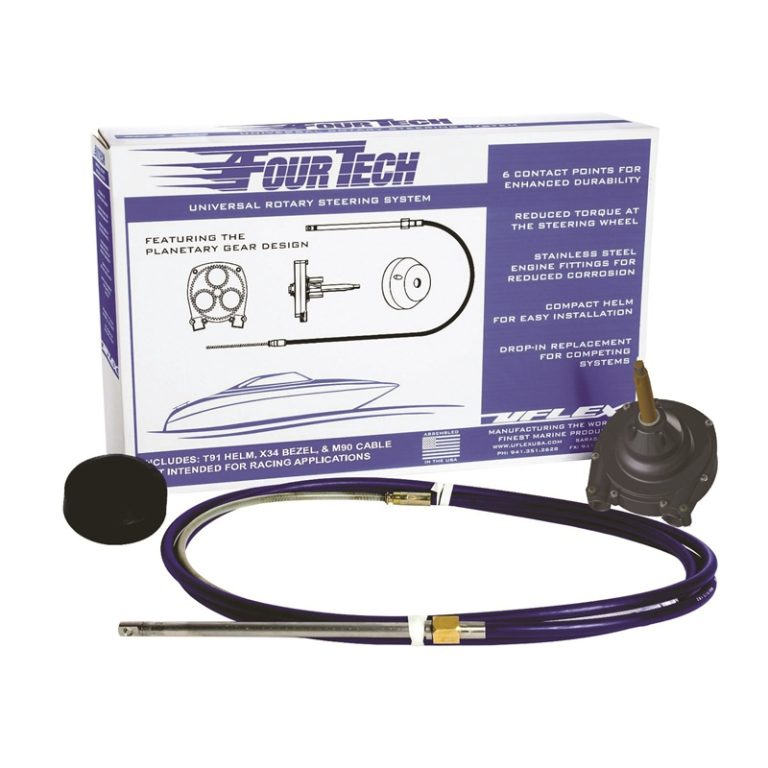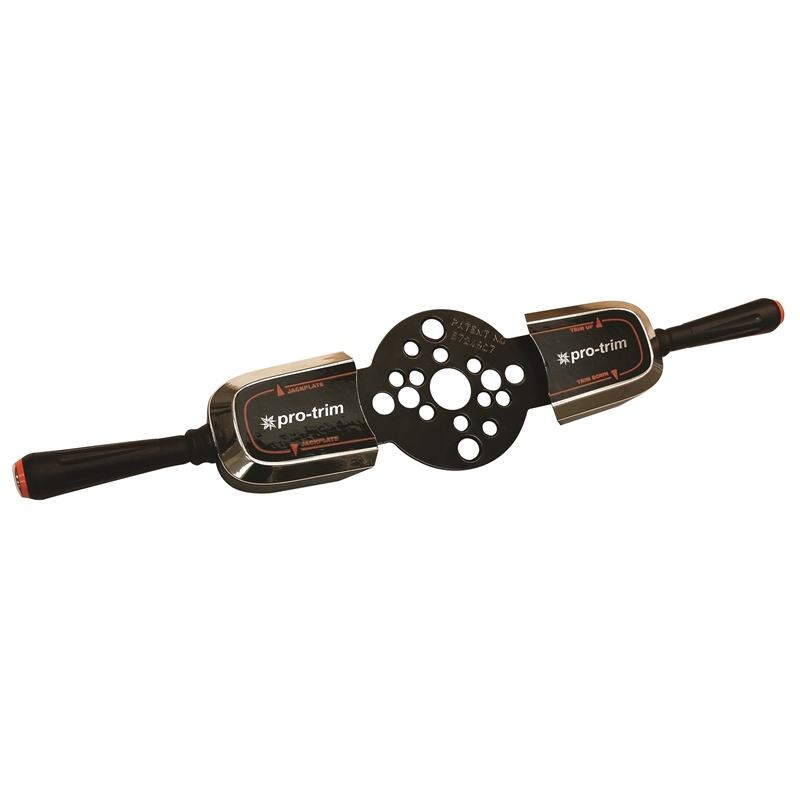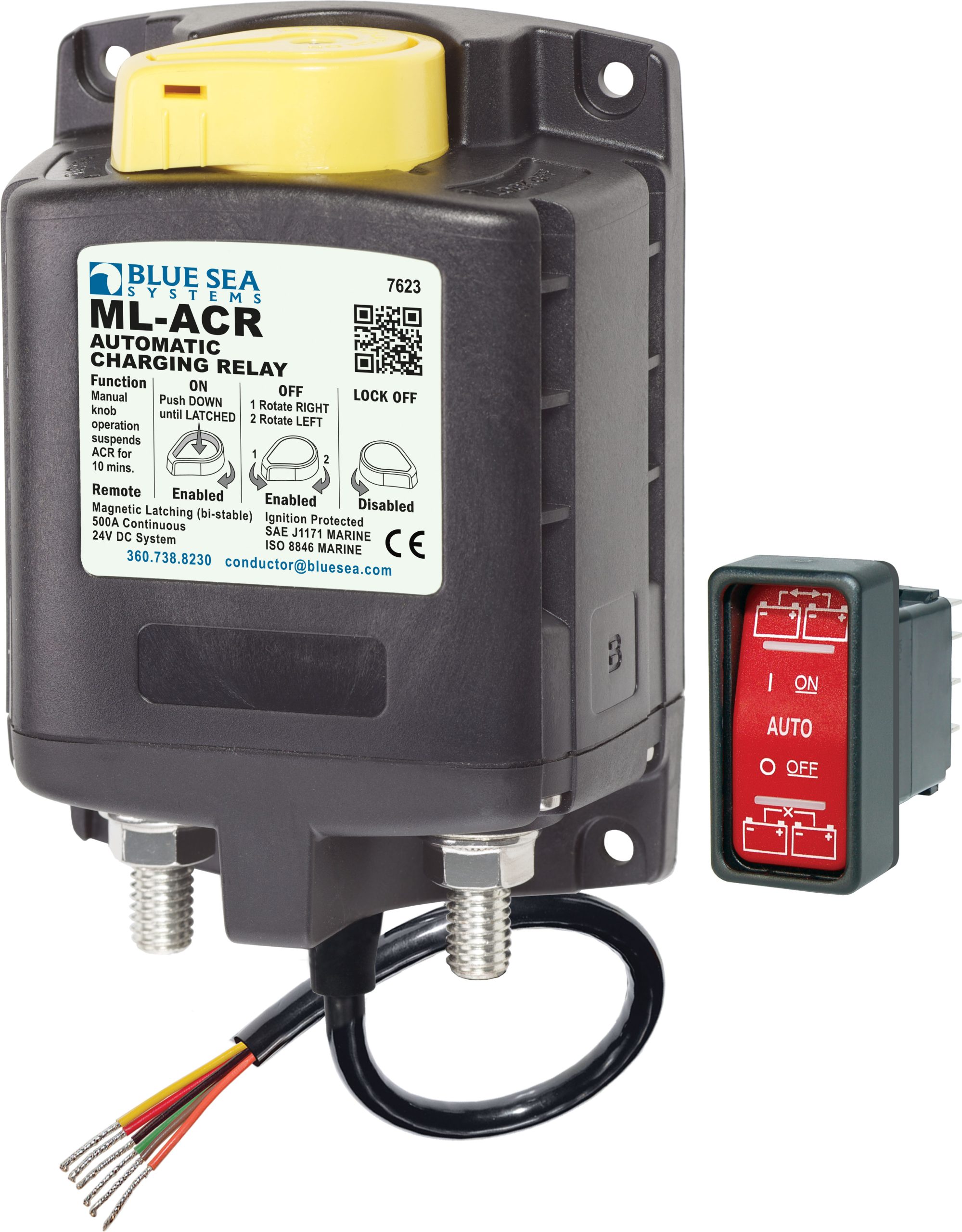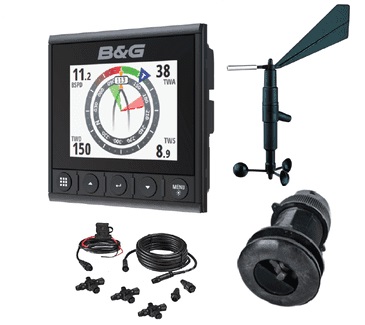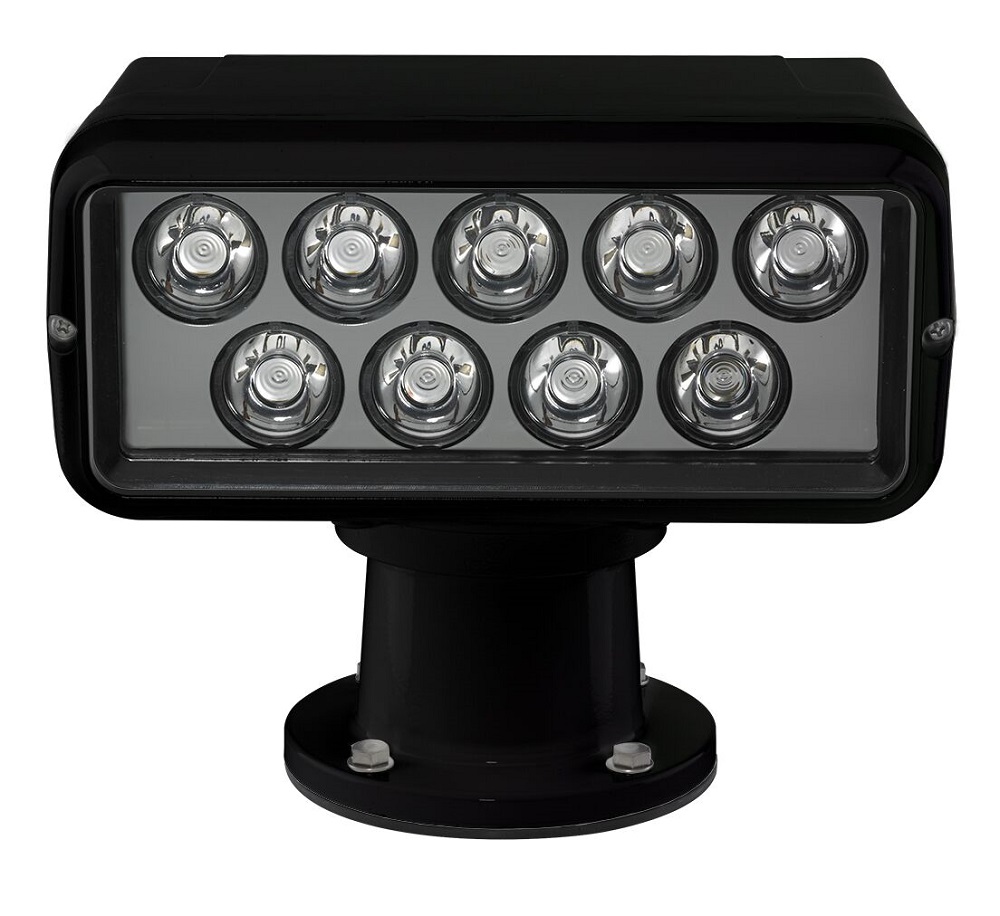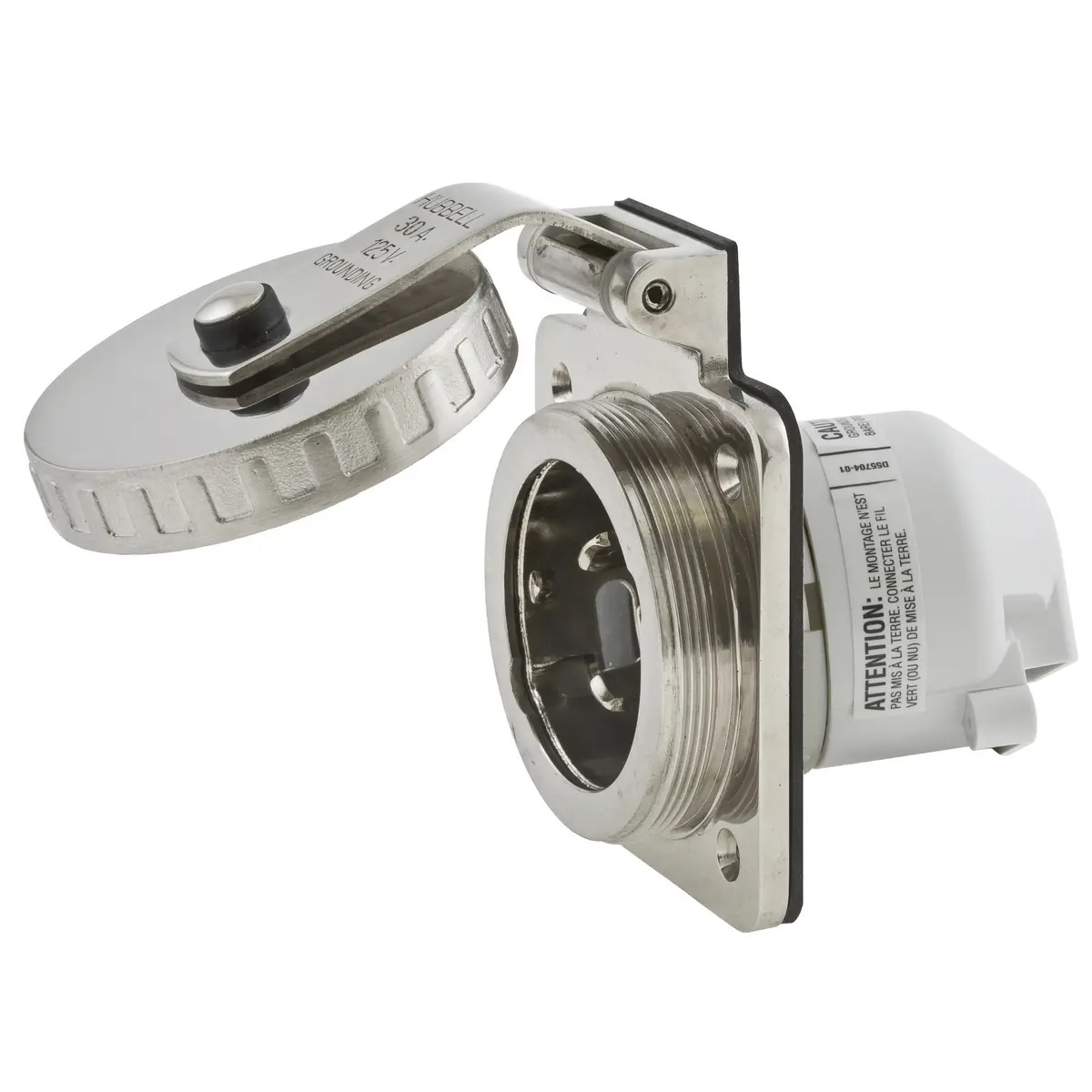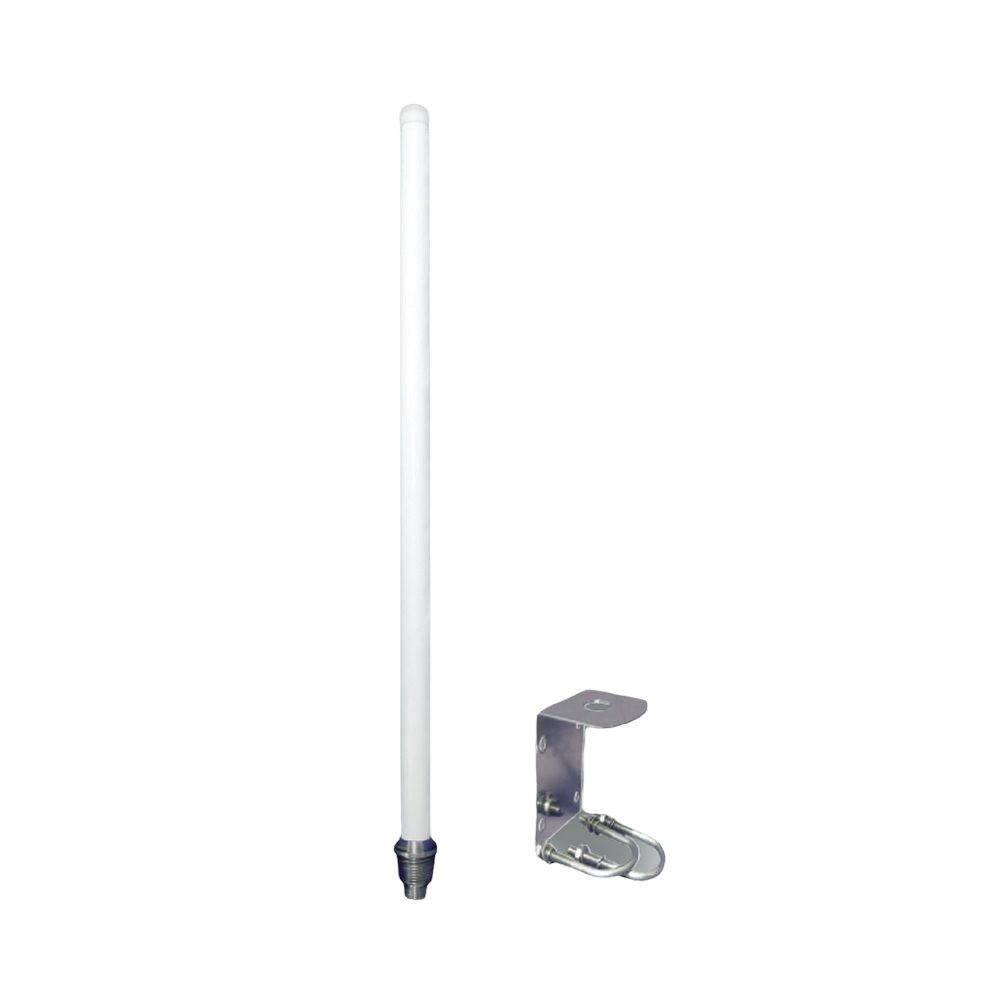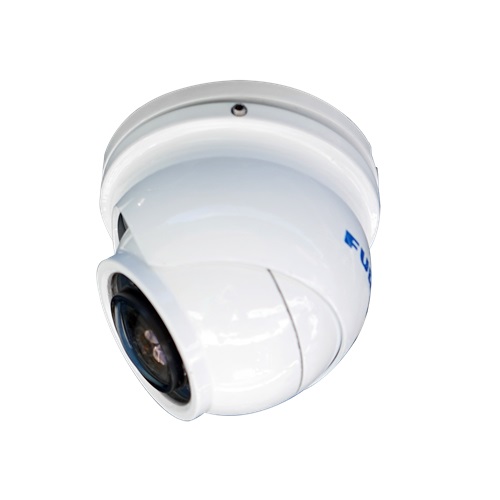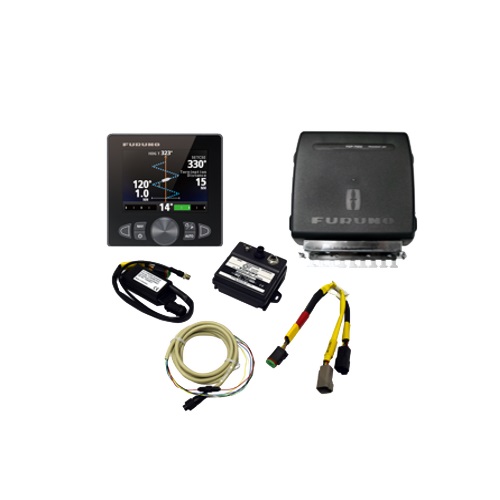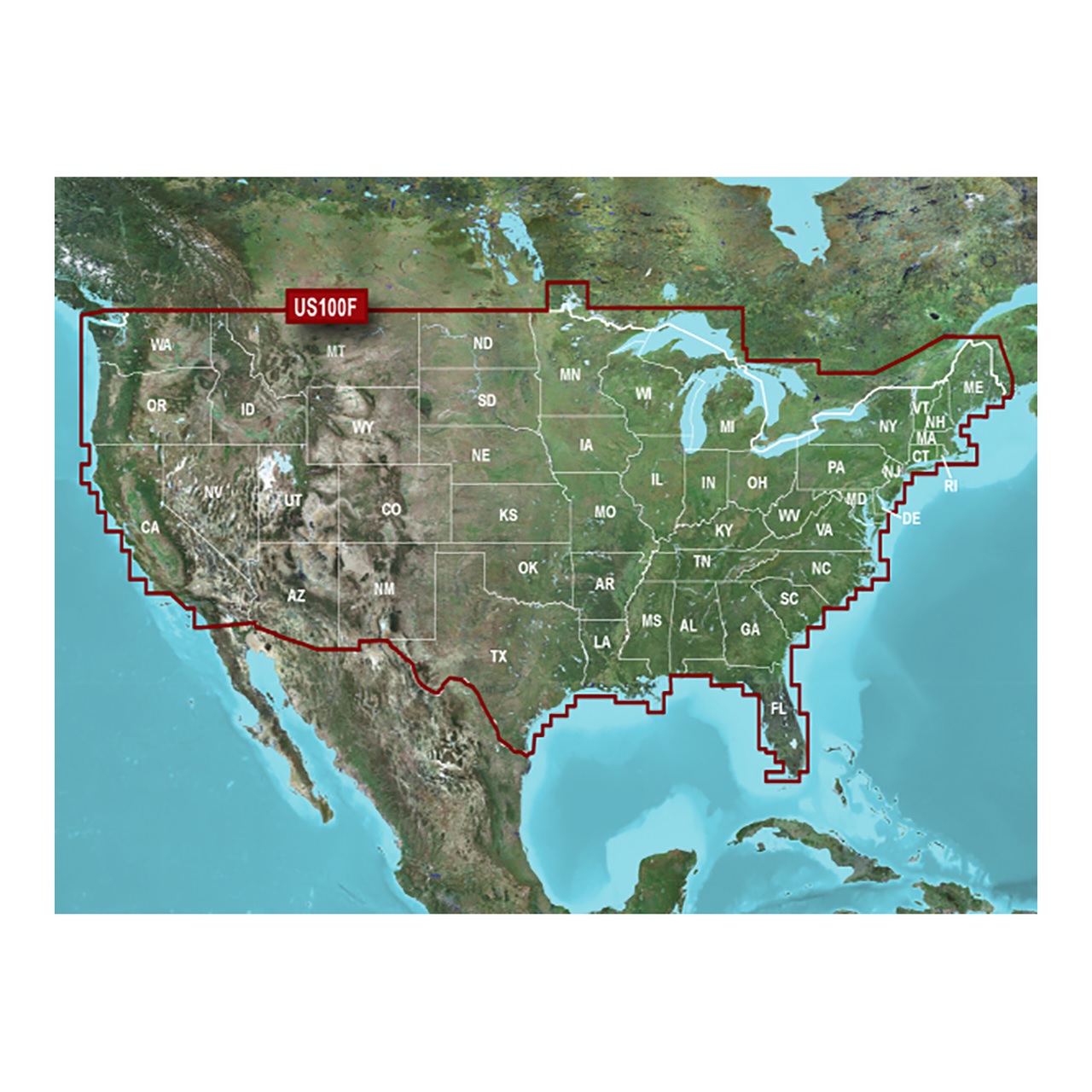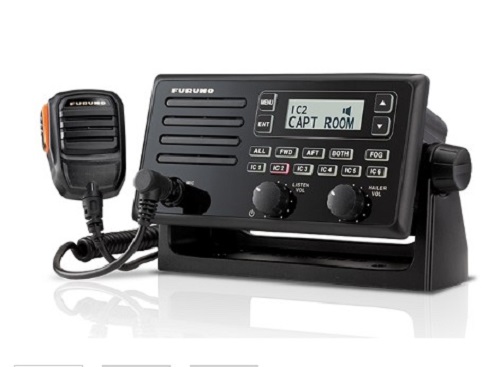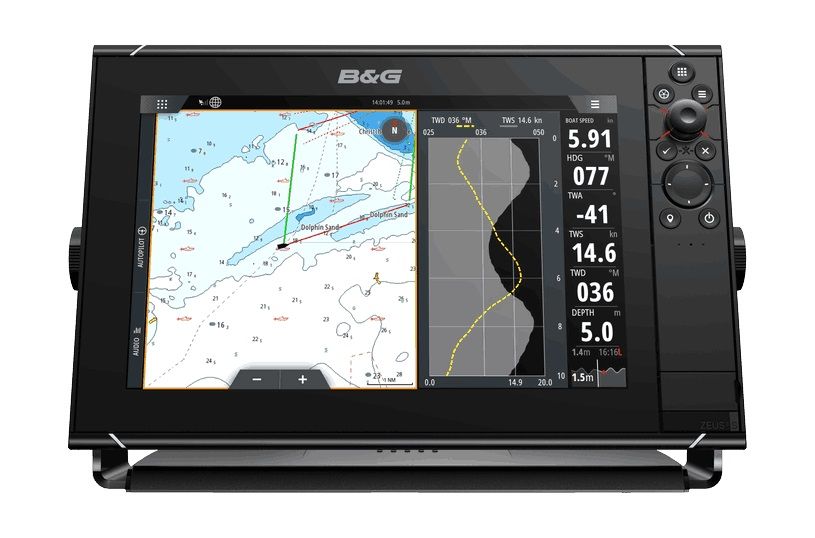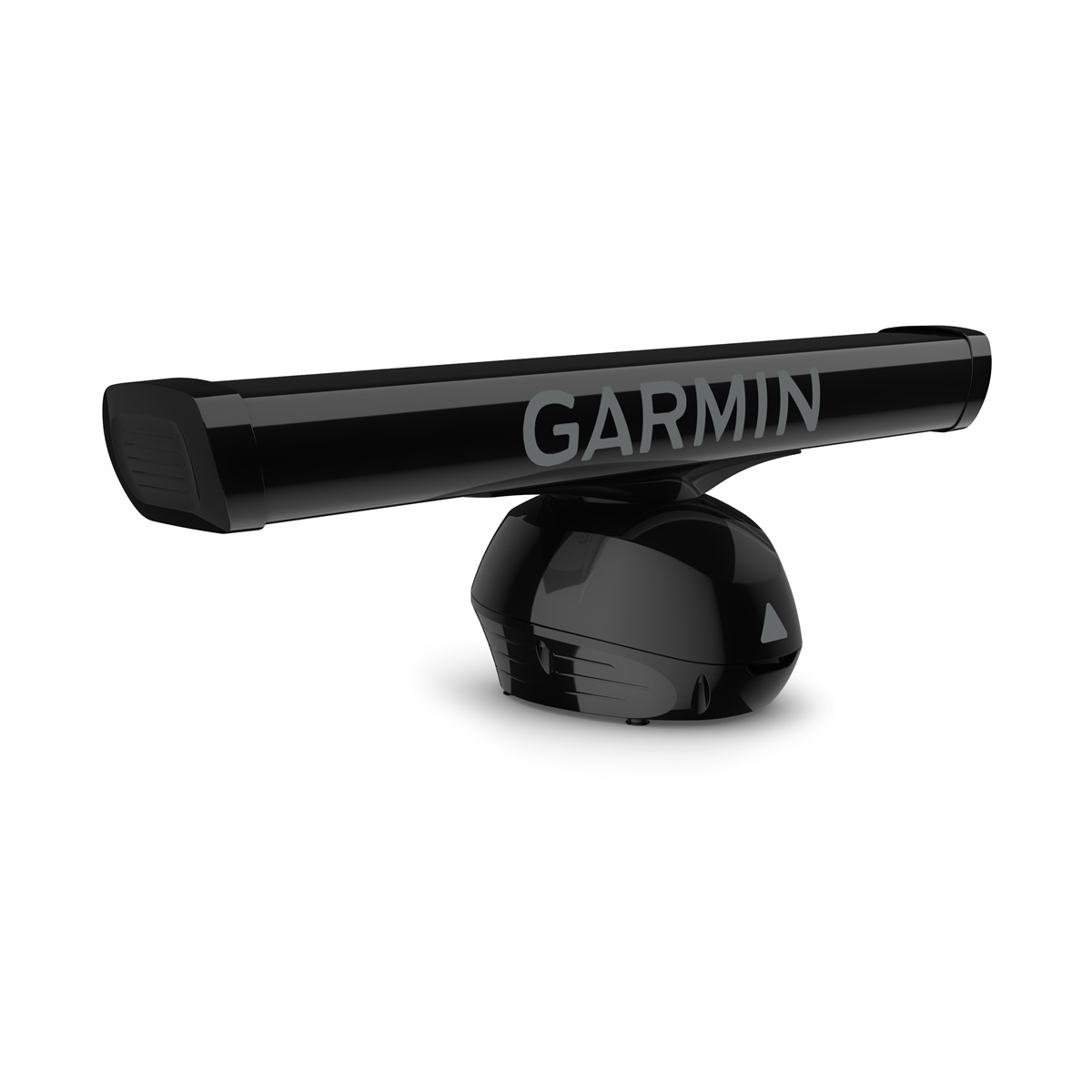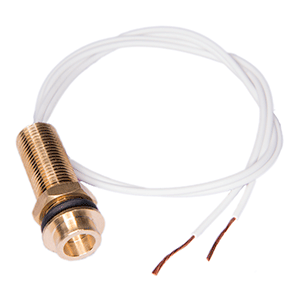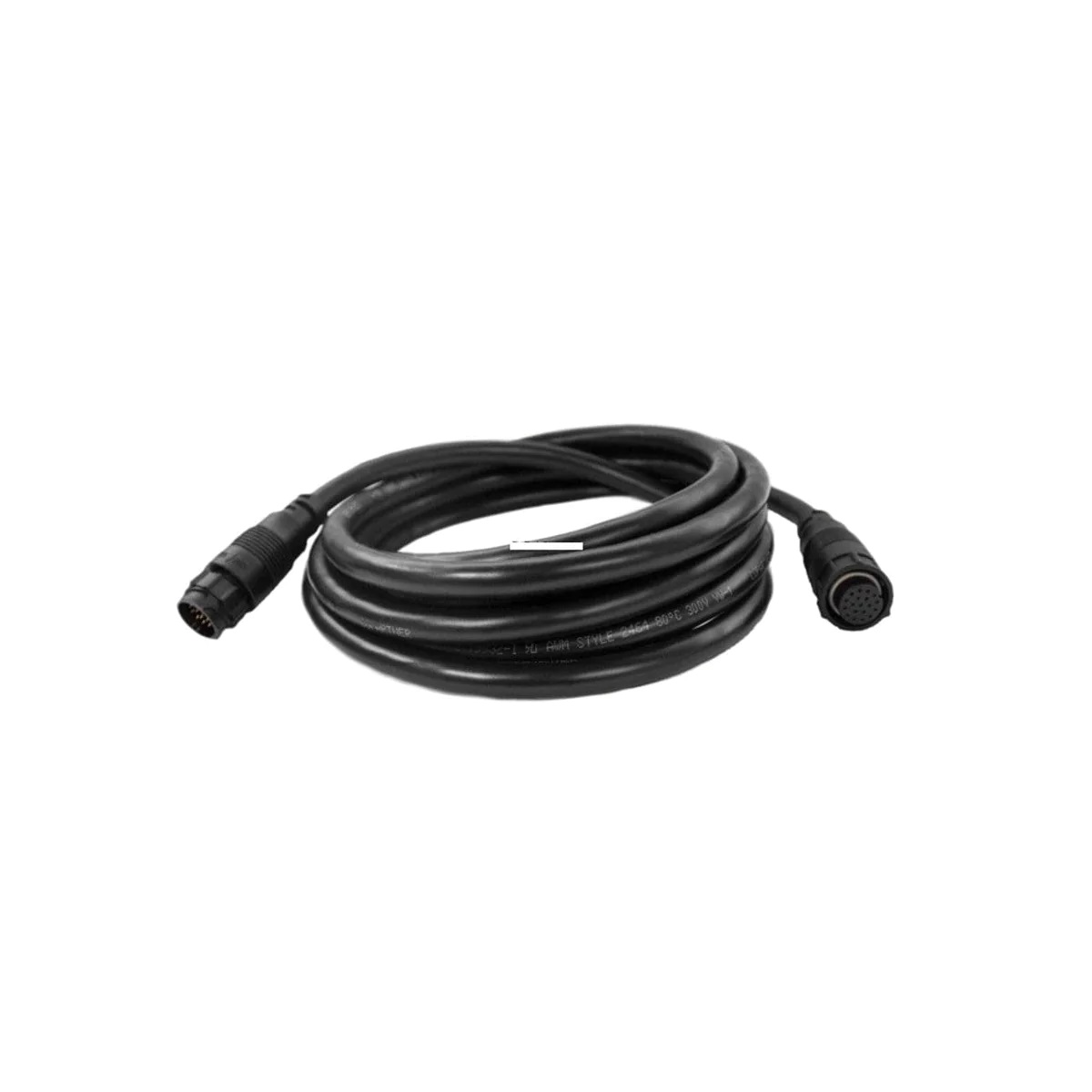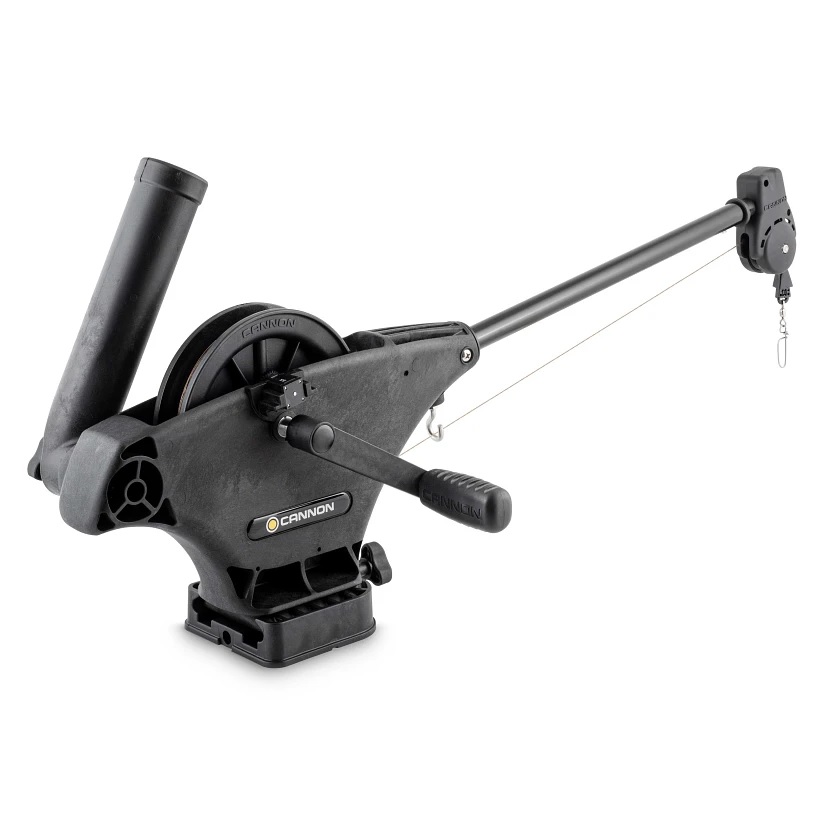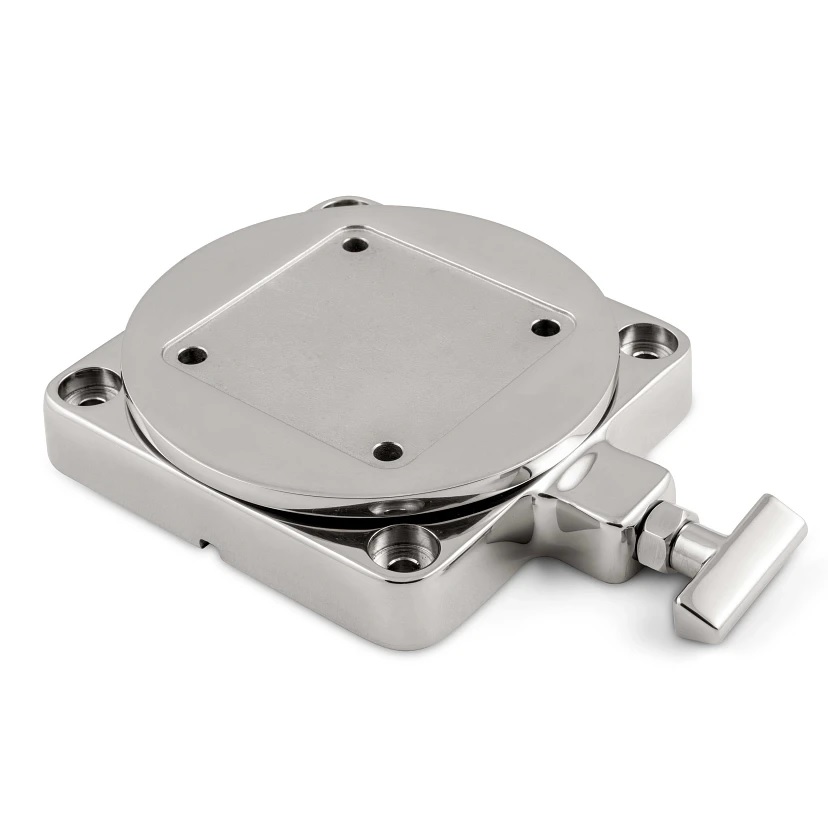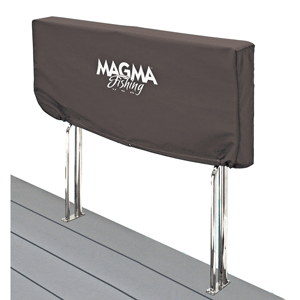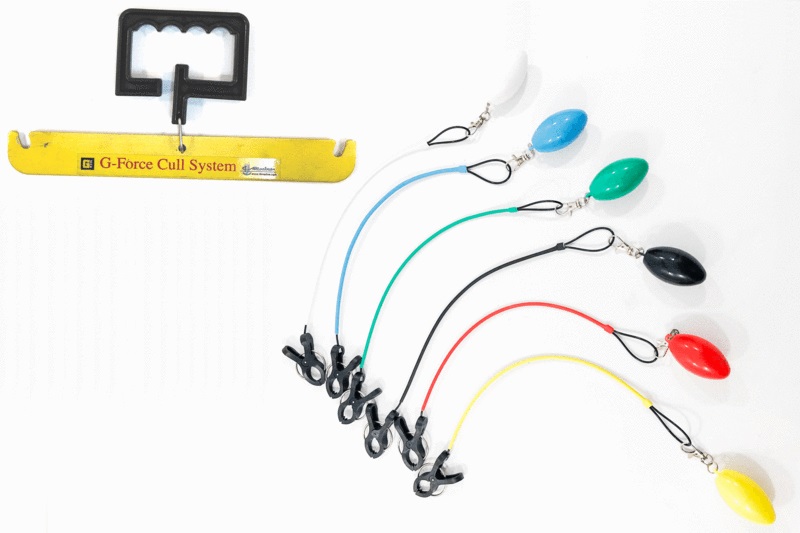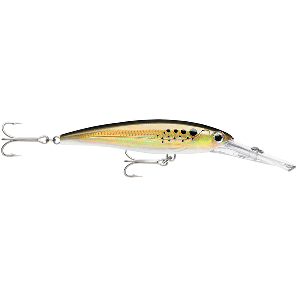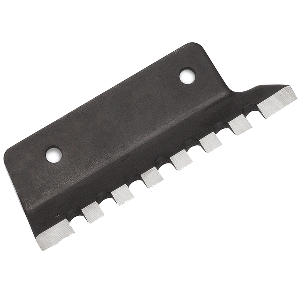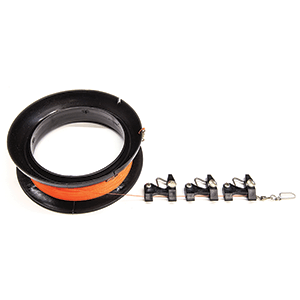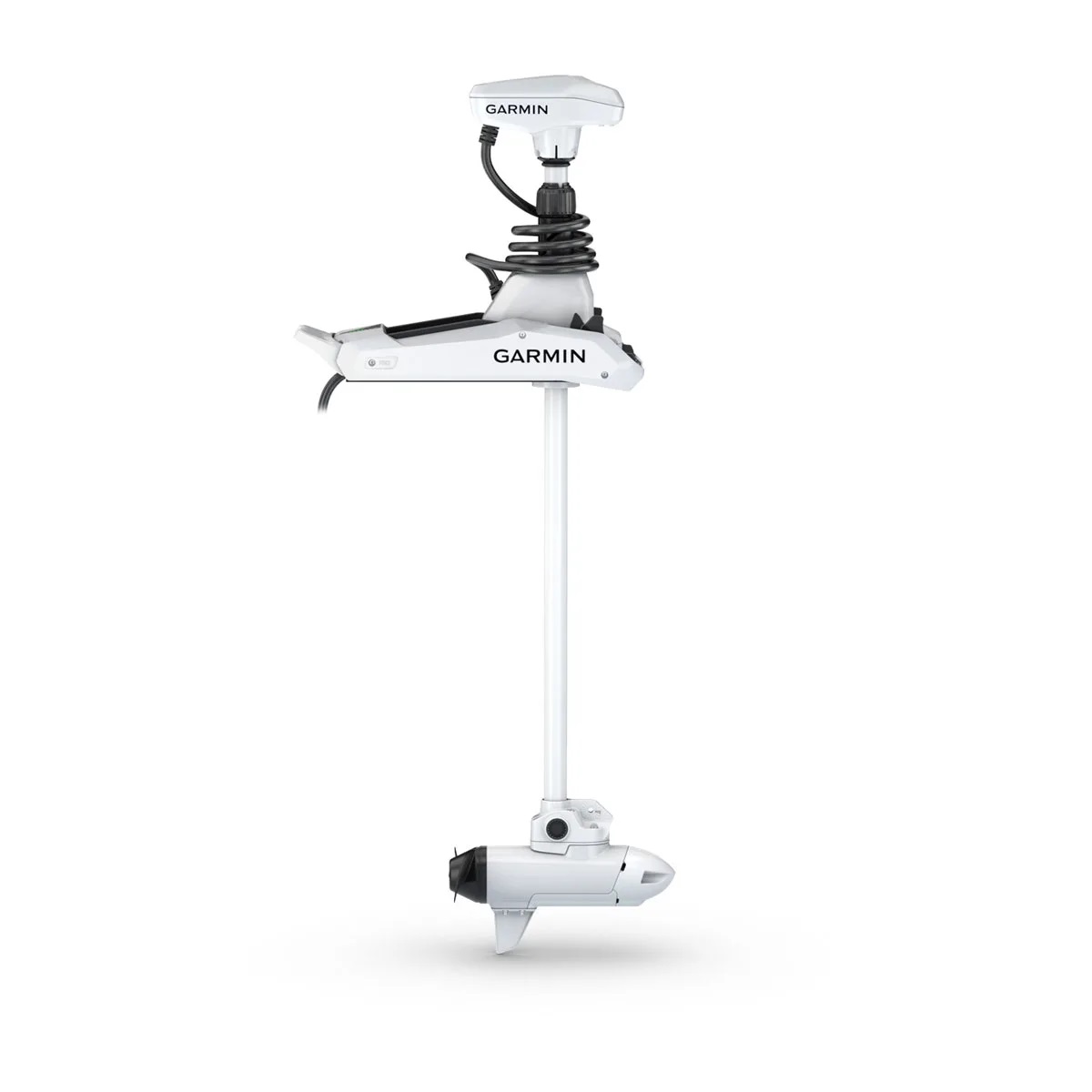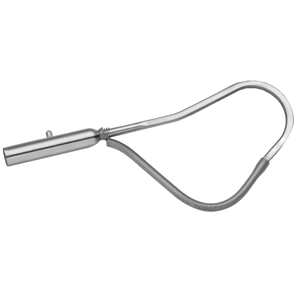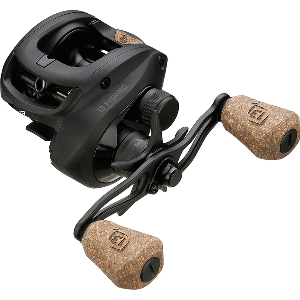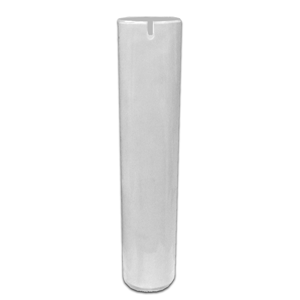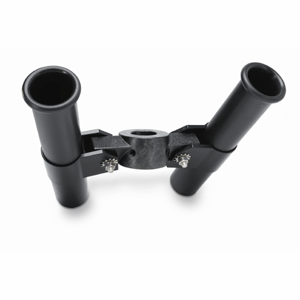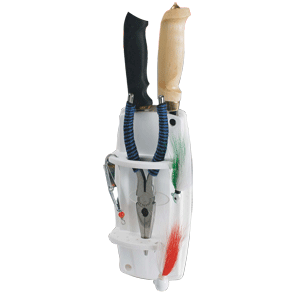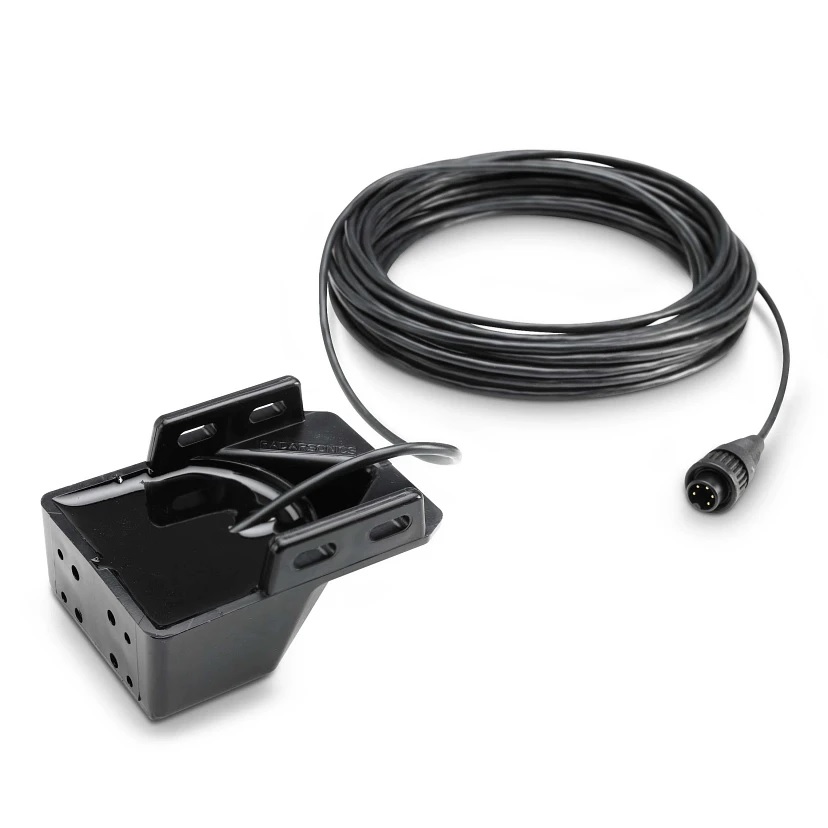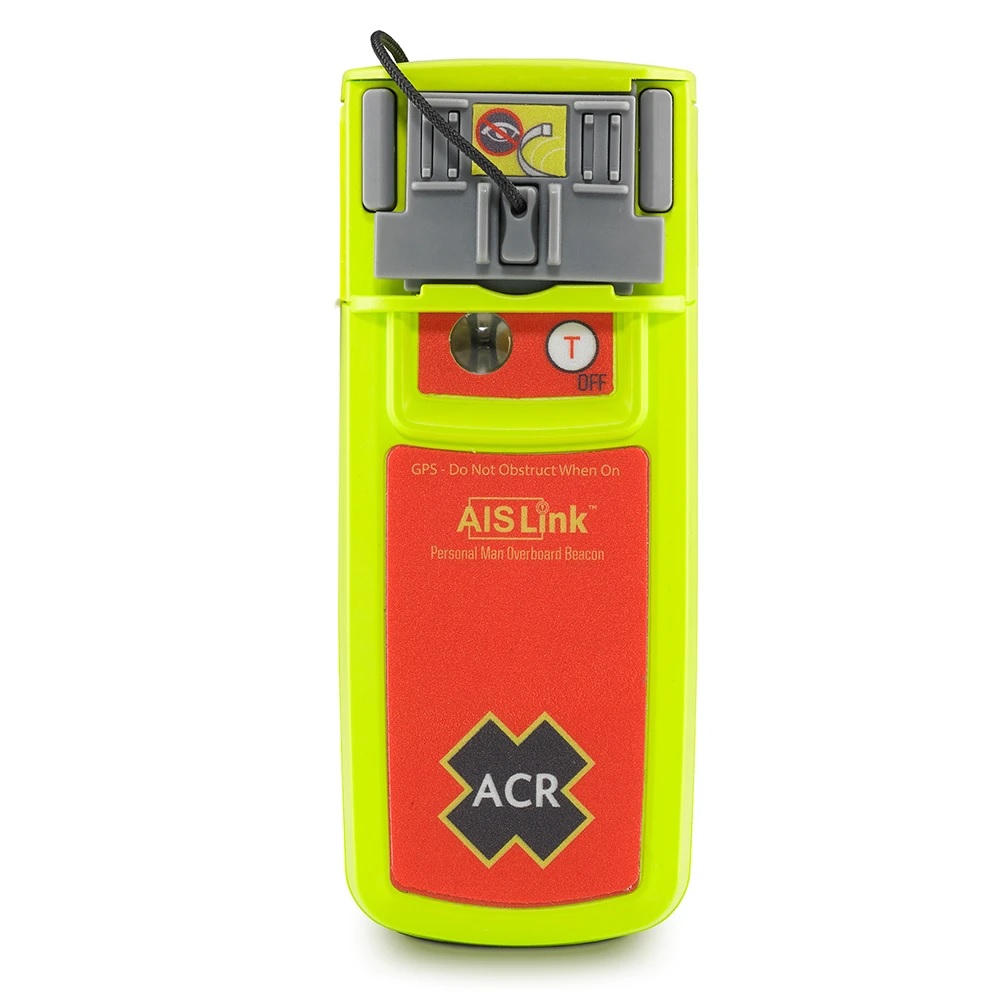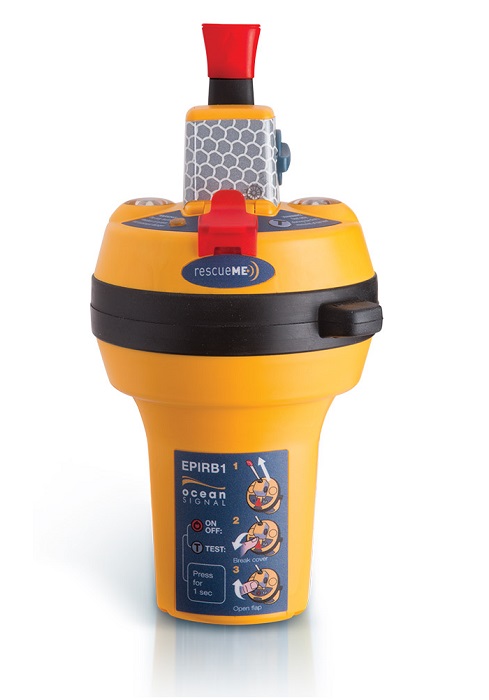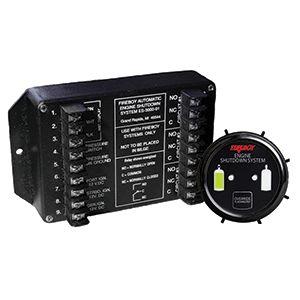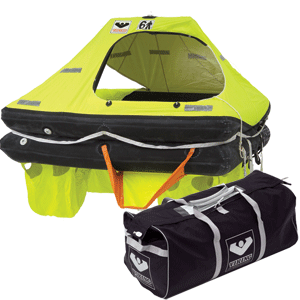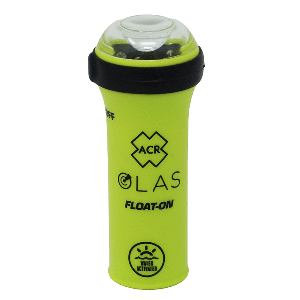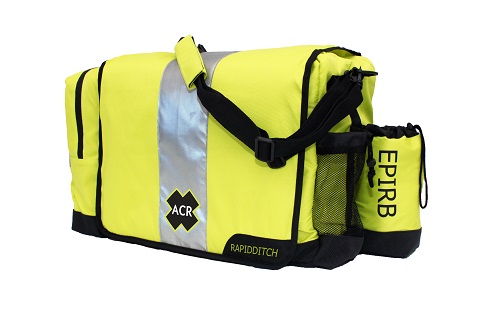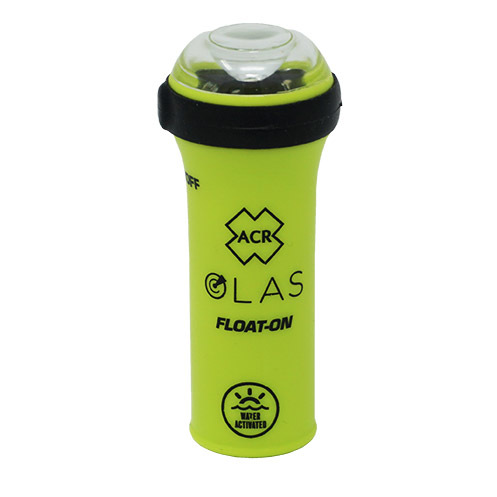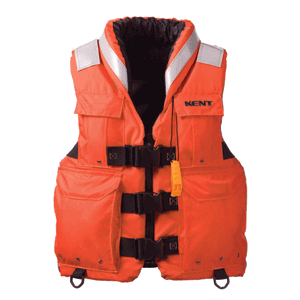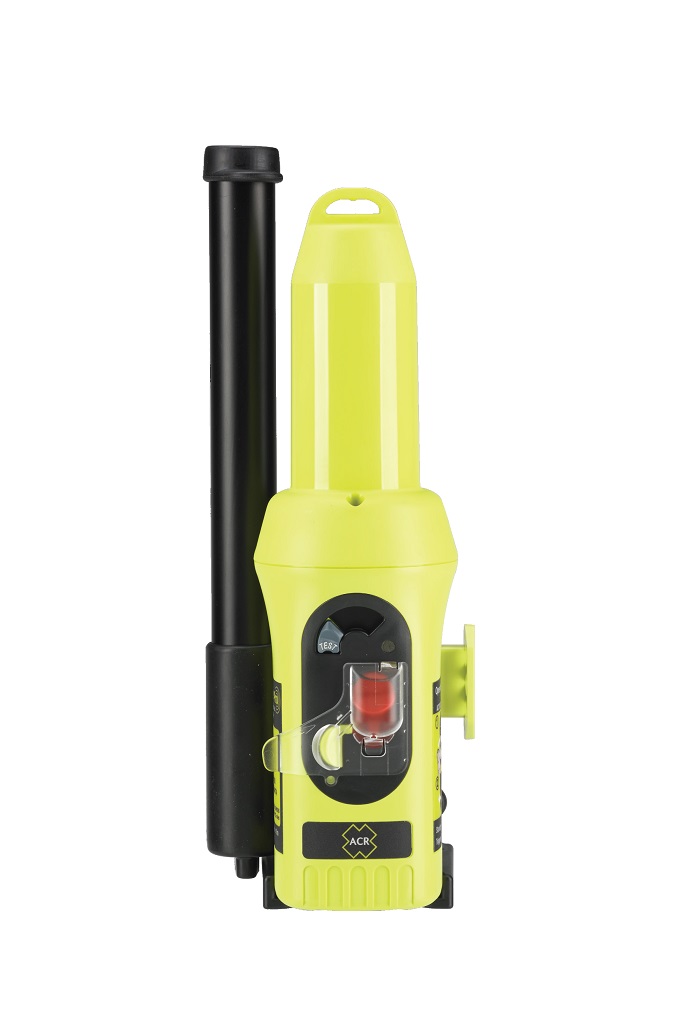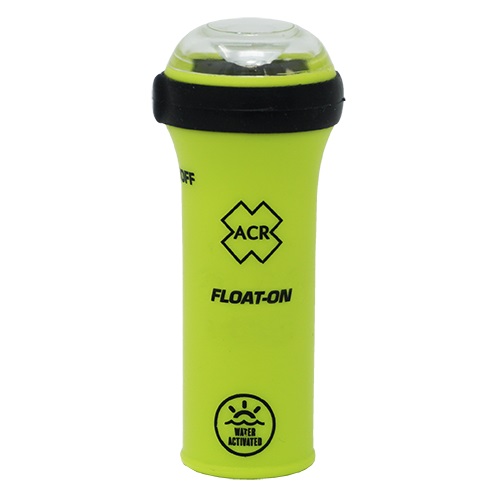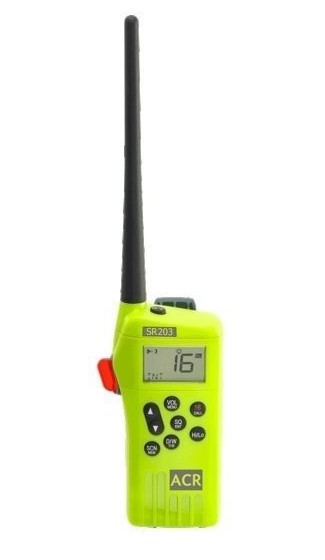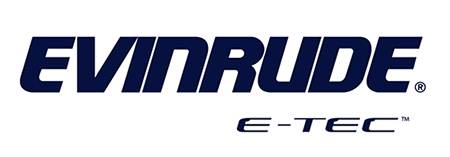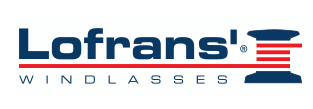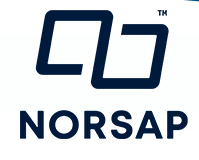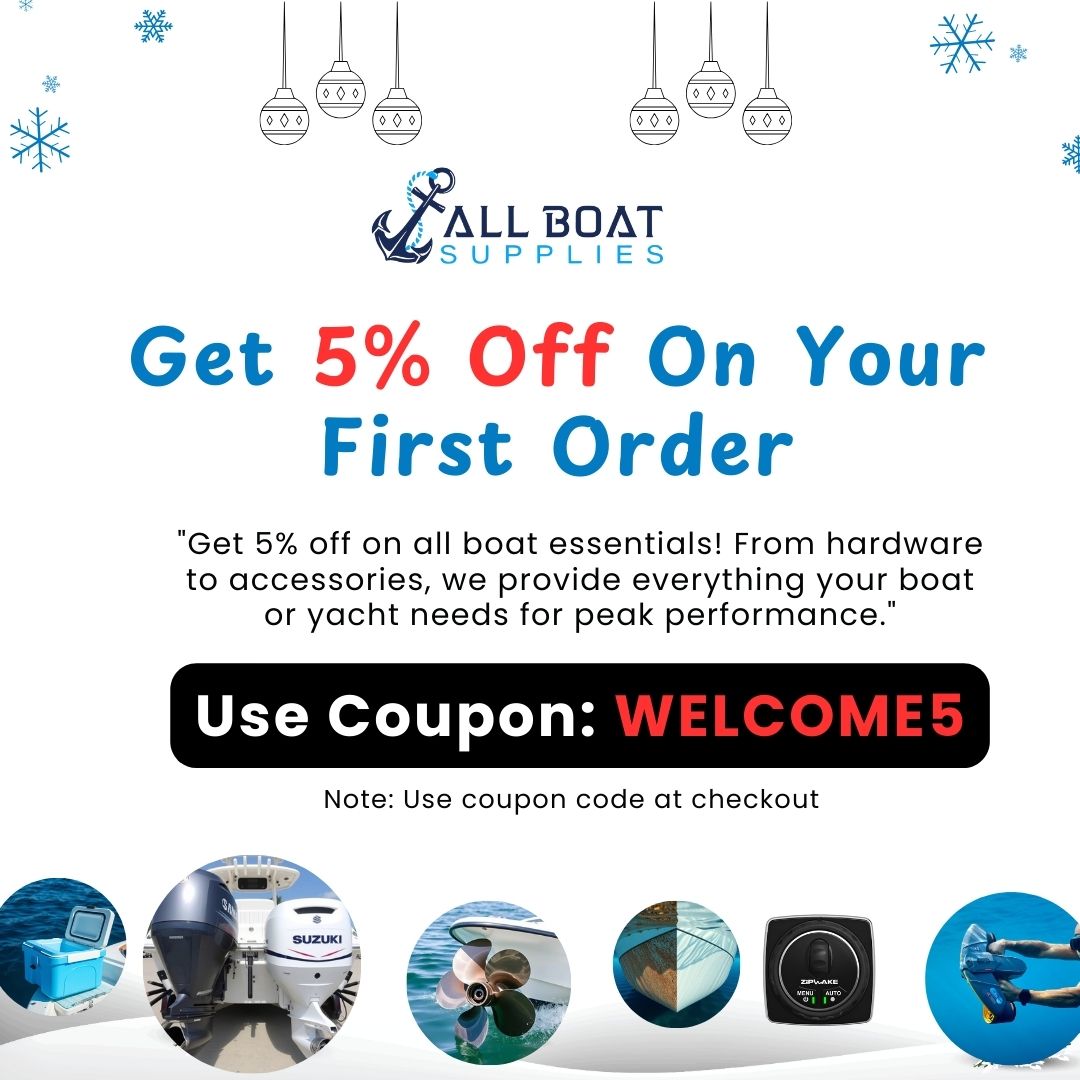Lower Unit vs Stern Drive vs Jet Drive – What’s the Difference?

In the world of boating, the lower unit vs stern drive vs jet drive debate comes up all the time. Each drive type offers advantages and drawbacks depending on your activity, location, and boat style. Whether you’re comparing lower unit vs stern drive vs jet drive for performance, maintenance, or fitment—this detailed guide dives into the mechanics, handling, cost, and care for each system.
We’ll also highlight products like the Yamaha SHO Lower Unit, explain how to compare them, and show you why choosing the right drive type matters. For a great deal on parts, use code WELCOME5 at AllBoatSupplies.com to get 5% off instantly at checkout.
📘 Table of Contents
- What Are Lower Units, Stern Drives & Jet Drives?
- How They Work: Mechanics Deep Dive
- Performance Comparison
- Maintenance & Reliability
- Cost Breakdown & Replacement
- Use Cases: Which Drive Fits You?
- Product Spotlight: Yamaha SHO Lower Unit
- FAQ
- Conclusion & CTA
1. What Are Lower Units, Stern Drives & Jet Drives?
Lower Unit – The Outboard Gearcase
A lower unit is the underwater gearbox on an outboard motor. You’ve seen it on the back of small fishing boats—it’s the visible part that holds the driveshaft, gears, water pump, propeller shaft, and skeg.
Stern Drive – Inboard/Outboard Hybrid
A stern drive (also called I/O or Volvo Penta) combines an inboard engine with an external drive unit bolted on the transom. Its “lower unit” sits outside but is connected to an engine inside the hull via a drive shaft.
Jet Drive – Water Pump Propulsion
A jet driveuses an internal impeller to suck water into a pump and shoot it out through a nozzle at the back. There’s no propeller—just a powerful water jet that propels the boat forward.
2. How They Work: Mechanics Deep Dive
Lower Unit Mechanics
- Driveshaft runs vertically
- Bevel gears convert vertical motion to horizontal
- Propeller shaft spins the prop
- Impeller pumps cooling water
- Advantages: Easy access, wide aftermarket support
- Limitations: Exposed prop, susceptible to weeds/entanglement
Stern Drive Mechanics
- Inboard engine via transom drive shaft
- Outdrive unit functions like a lower unit
- Capable of trim adjustment and tilting
- More complex cooling via heat exchanger
- Offers better weight distribution and speed control
Jet Drive Mechanics
- Engine power → impeller pump
- Water acceleration via jet nozzle
- Steerable nozzle provides directional control
- Ideal for shallow, rocky, or debris-filled waters
3. Performance Comparison
Speed & Acceleration
- Lower Unit: Great acceleration with prop choice options
- Stern Drive: Best for higher speeds and wakeboarding
- Jet Drive: Quick acceleration, safe in shallow water
Maneuverability
- Lower Unit: Easy to turn by steering engine
- Stern Drive: Excellent dock control and trim steering
- Jet Drive: Immediate reverse and pivot ability
Shallow-Water Ability
- Lower Unit: Can be tilted, but risk damage
- Stern Drive: Trim up, but prop still beneath
- Jet Drive: No props—can skim inches of water safely
4. Maintenance & Reliability
Lower Unit Maintenance
- Gear oil changes every 100 hours / annually
- Impeller replacement every season
- Watch for milky oil (water ingress)
- Easy DIY; engine out of the boat
Stern Drive Maintenance
- More complex cooling—heat exchanger and manifolds
- Sacrificial anodes, drive bellows replacement needed
- Outdrive tilt/trim fluid and bellows must be checked
Jet Drive Maintenance
- Impeller and stator inspection
- Clearing debris from intake grates
- Seals maintenance—less corrosion risk
5. Cost Breakdown & Replacement
Purchase & Upgrade Costs
| Drive Type | New Drive Cost | Replacement Cost |
|---|---|---|
| Lower Unit | $700–$2,800 (e.g., Yamaha SHO Lower Unit) | Easy DIY, <1 hr |
| Stern Drive | $4,000–$10,000 | Pro install, engine haul |
| Jet Drive | $5,000–$12,000 | Pump rebuild, seal replacement |
Ongoing Service Costs
- Lower Units: <$200/yr
- Stern Drives: $500–$1,000/yr
- Jet Drives: $300–$700/yr
6. Use Cases: Which Drive Fits You?
Best for Recreational Fishing
A lower unit with Yamaha parts and prop swaps gives you flexibility and ease of repair.
Best for Watersports & Fast Cruising
A stern drive offers power, trim control, and speed for wakeboarding, skiing, or fast runs.
Best for Shallow, Sandbar, or River Use
A jet drive keeps you safe from underwater prop hazards and allows you to operate inches from the bottom.
7. Product Spotlight: Yamaha SHO Lower Unit
The Yamaha SHO Lower Unit is a rugged, OEM-quality option for those using lower units. It’s ideal for Yamaha 150–250 HP VMAX SHO engines. Featuring corrosion-resistant housing, precise gear ratios, and premium bearings—it’s the go-to for durability and peak performance.
- Fits models: Yamaha 150 VMAX SHO (long/XL shafts)
- Check fitment: Yamaha SHO Lower Unit
- Order now and use WELCOME5 for 5% off!
Explore more in our Yamaha 150 Lower Units Fitment Guide.
❓ FAQ
Q: Is a lower unit better than a stern drive?
A: It depends on your goals. If you want easy maintenance, straightforward upgrades, and reliable repairs, a lower unit outboard is excellent. They’re simpler systems, easy to DIY, and parts like the Yamaha SHO Lower Unit are readily available. A stern drive, however, offers smoother performance and trim control—great for water sports—but adds complexity and more costly servicing.
Q: Can I convert from stern drive to lower unit or jet drive?
A: Full engine conversion is possible but expensive. You’d need to swap the engine, steering, throttle systems, and transom setup. It’s often more cost-effective to sell your current system and buy a boat with the drive type you prefer.
Q: Which drive type is best for shallow water?
A: Definitely a jet drive—without external props, they can safely skim inches of water. The next best is a stern drive trimmed up. Lower unit outboards allow trimming too, but the skeg and prop can still hit bottom.
Q: What about performance differences?
A: Stern drives generally provide smoother and faster acceleration and planing. Lower unit setups deliver quick power from stationary. Jet drives respond instantly and can go in very shallow but may lack top-end speed.
🏁 Conclusion & CTA
Now you know the differences between lower unit vs stern drive vs jet drive—from mechanics to maintenance to ideal uses. Whether you’re shopping for parts, upgrading your boat, or fixing an engine issue, the right drive makes all the difference.
🔧 Ready to shop for a replacement? Check out our parts like theYamaha SHO Lower Unit, find your fitment guide, and use code WELCOME5 at checkout for 5% off instantly at AllBoatSupplies.com.
👨🔧 Have more questions? Want help choosing between drive types? Contact us today, or browse our full lower unit selection. Happy boating!
